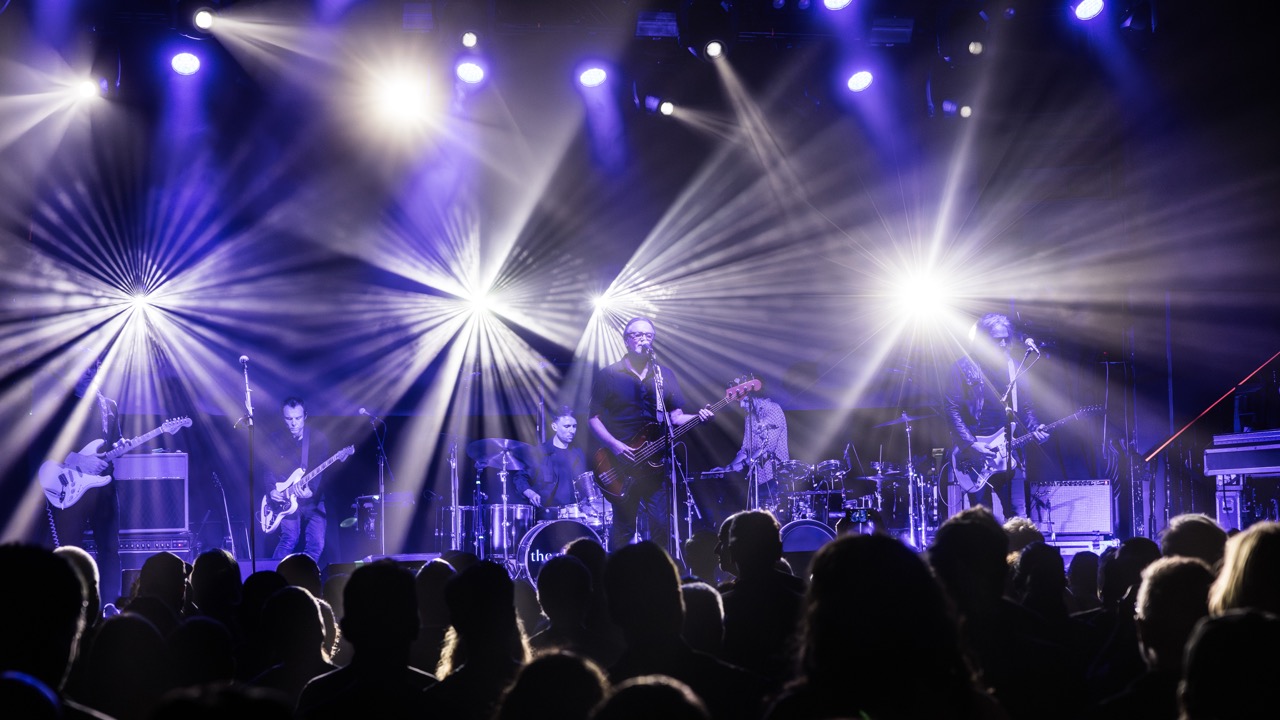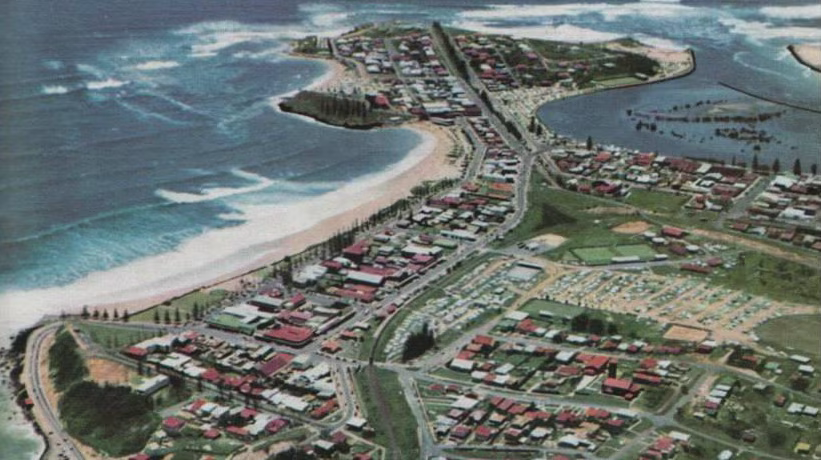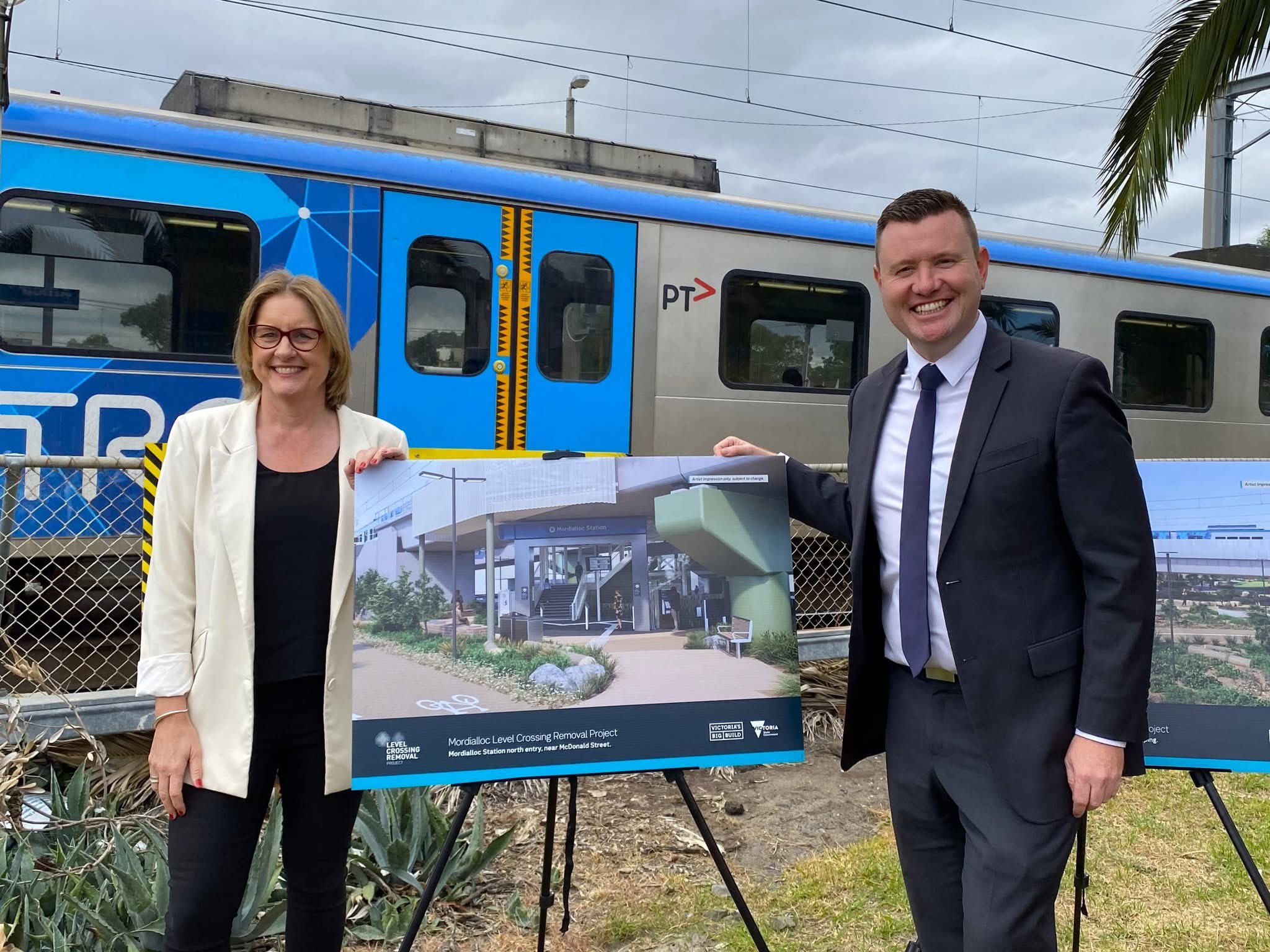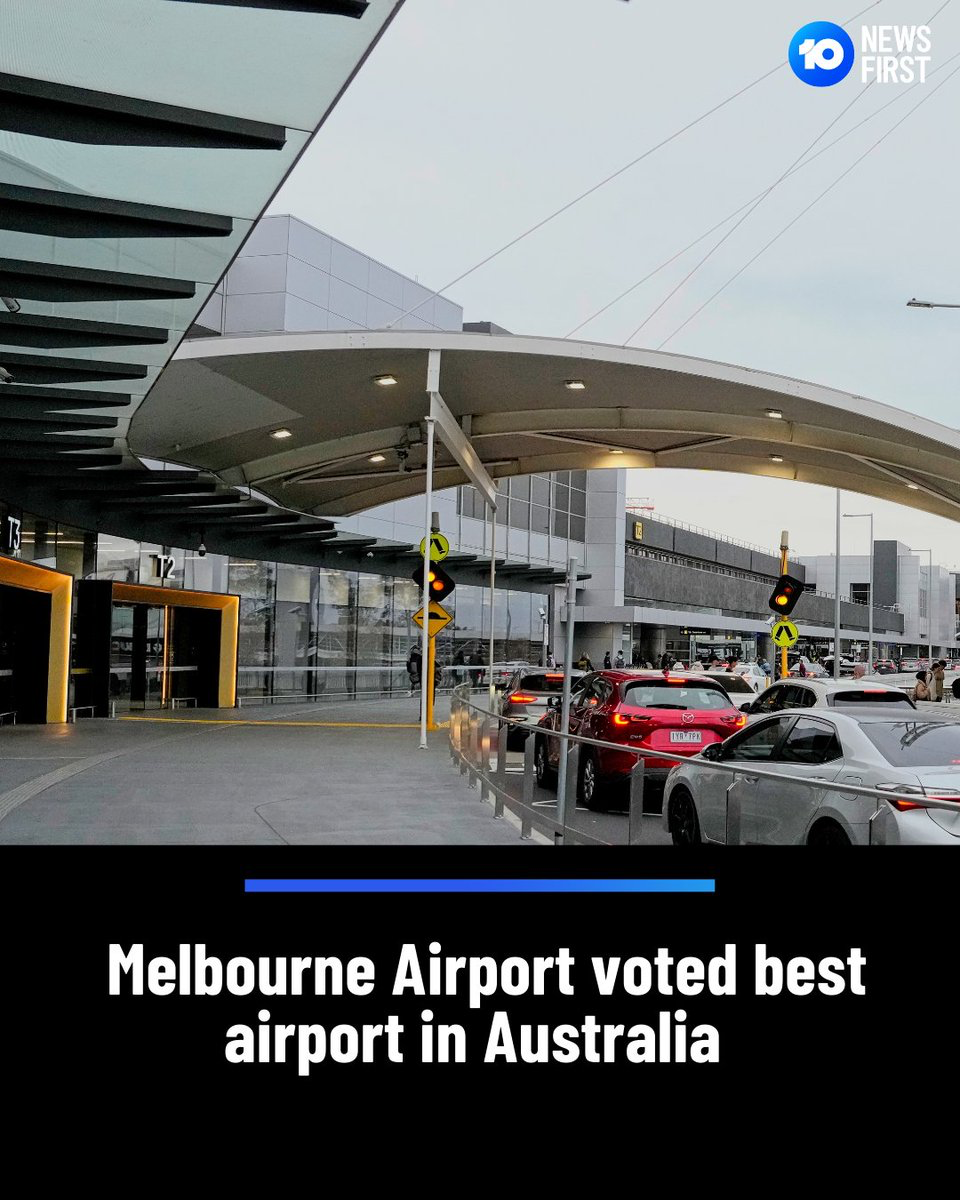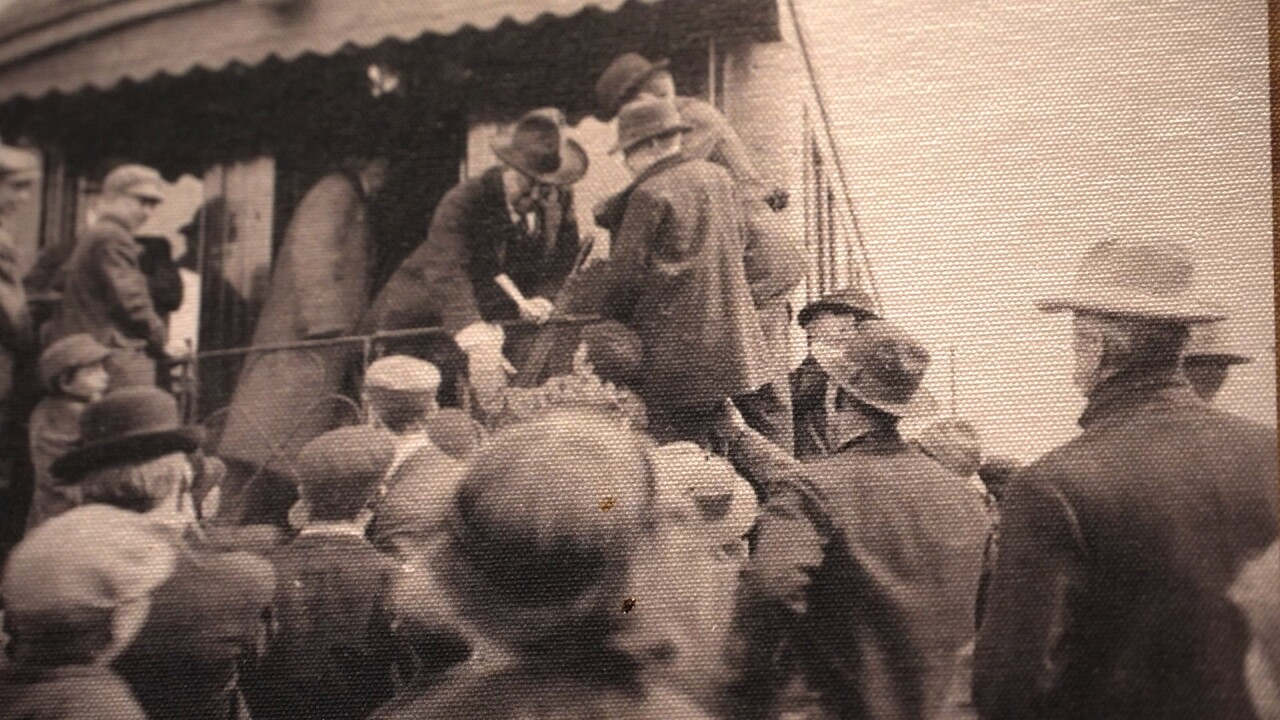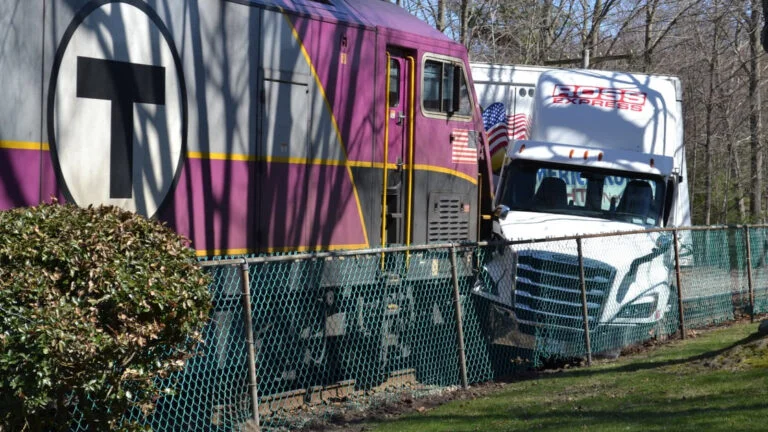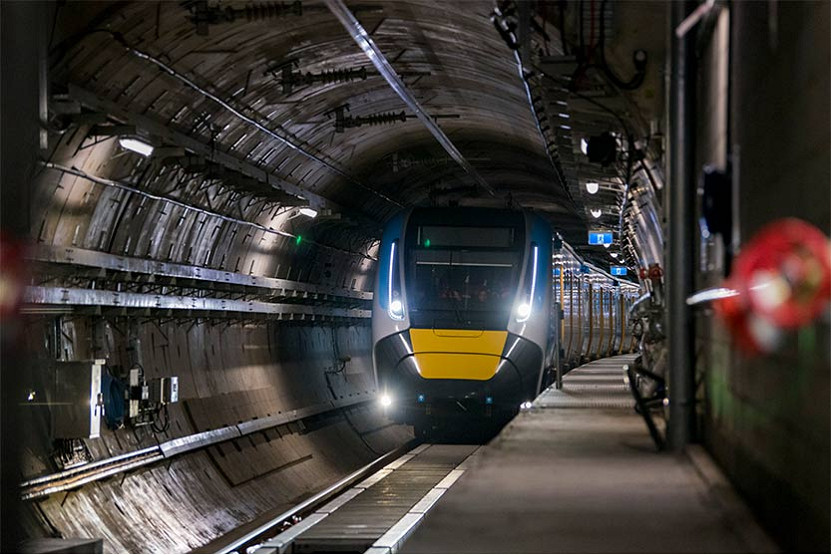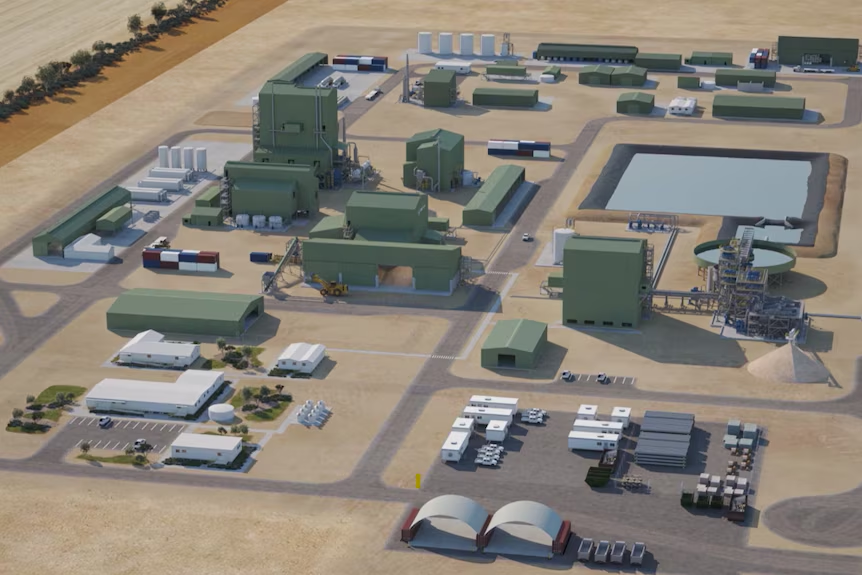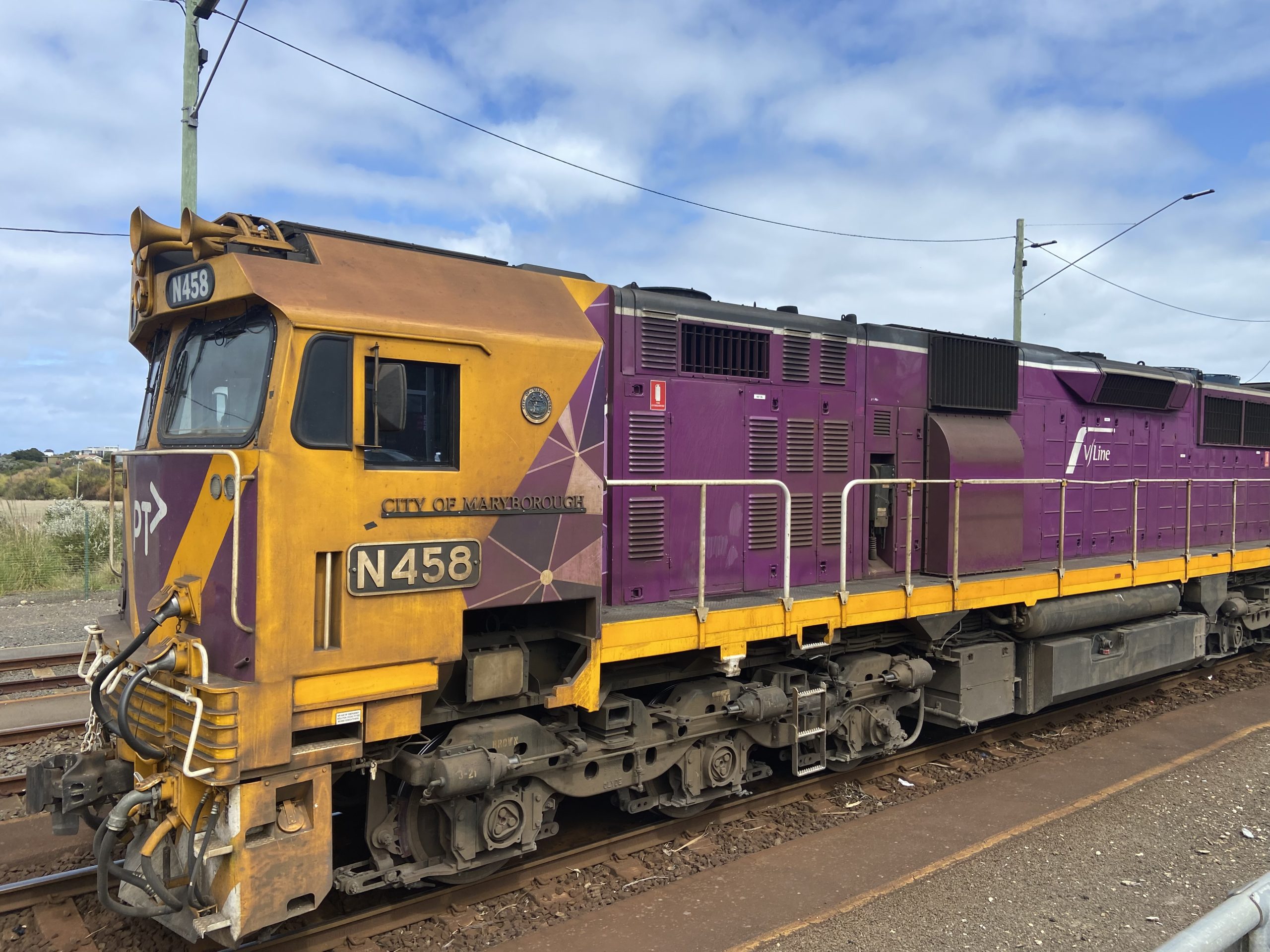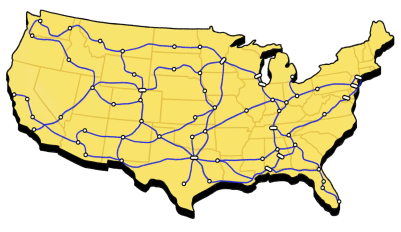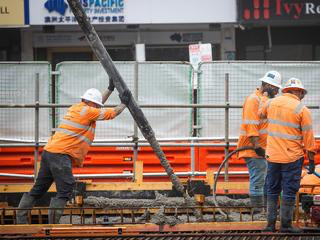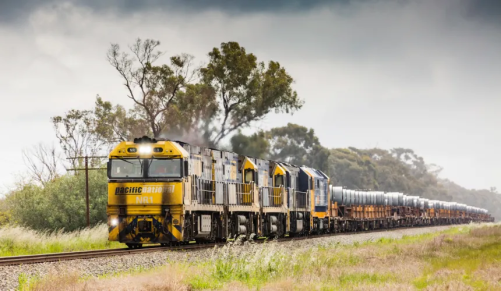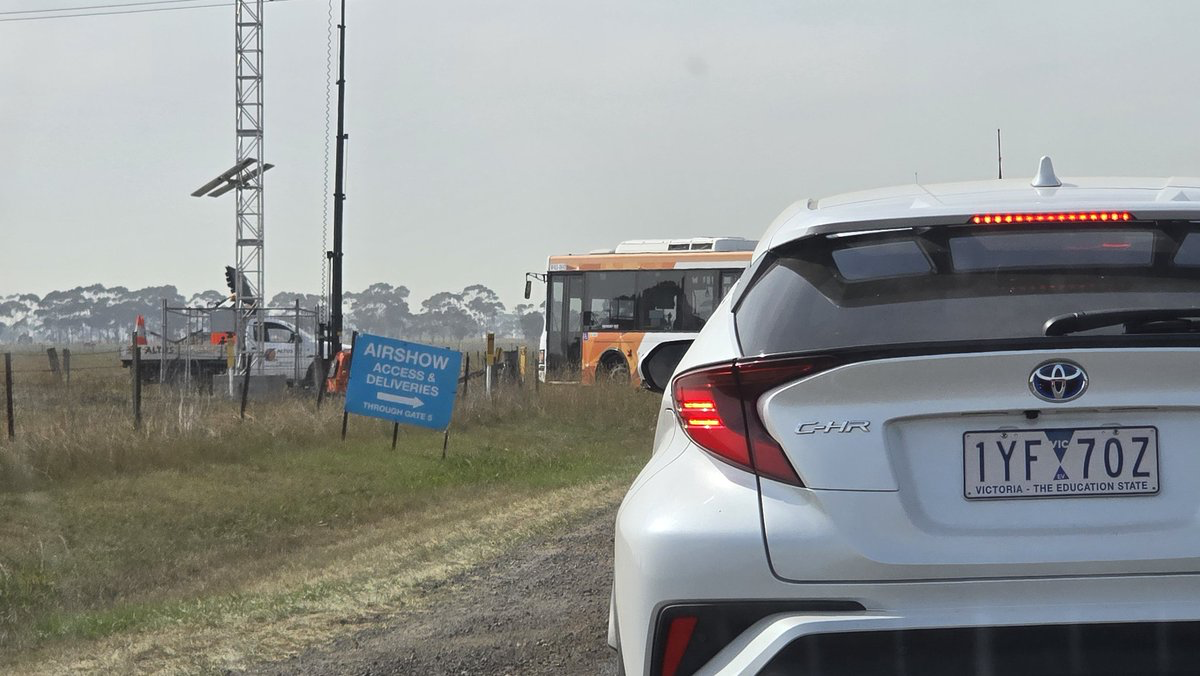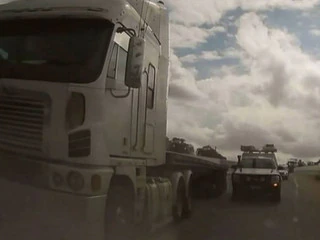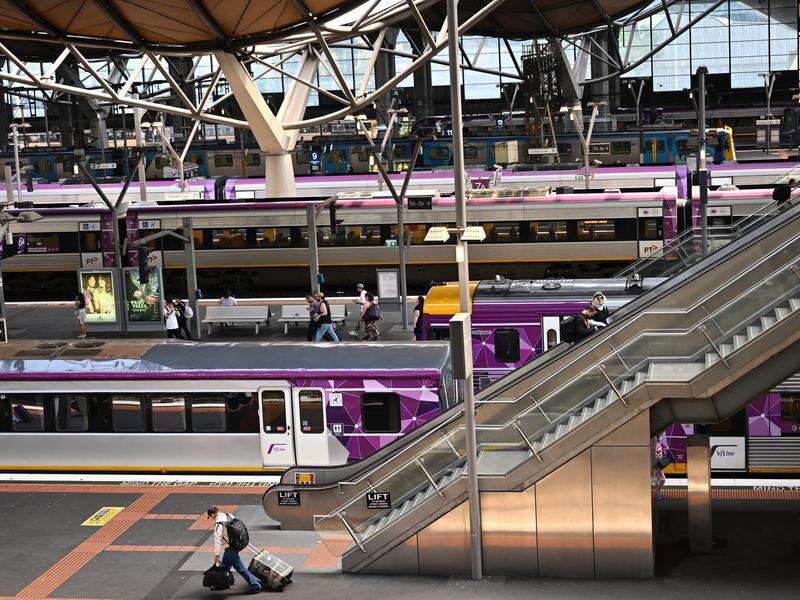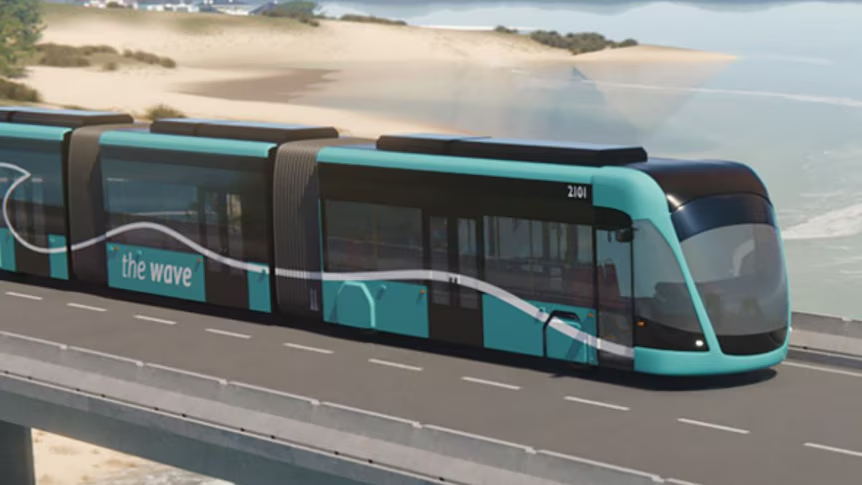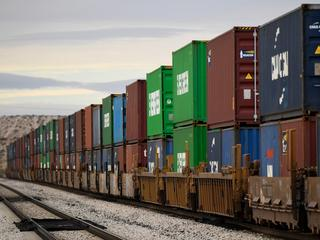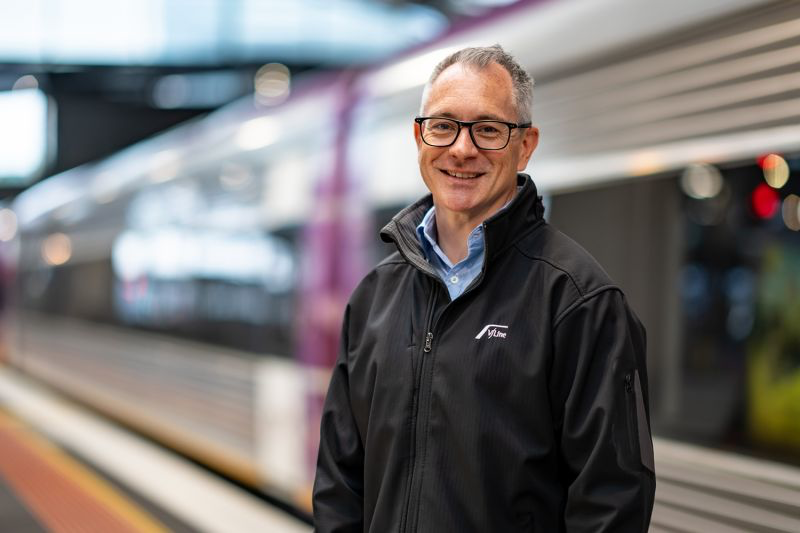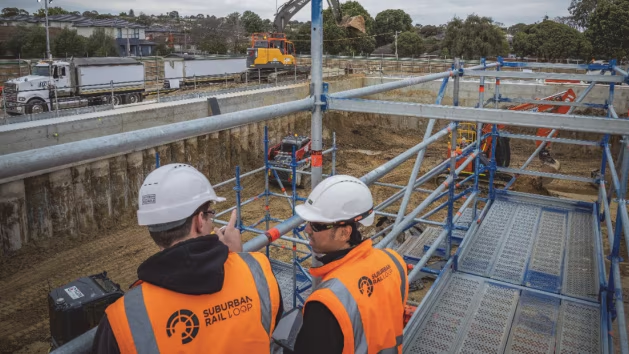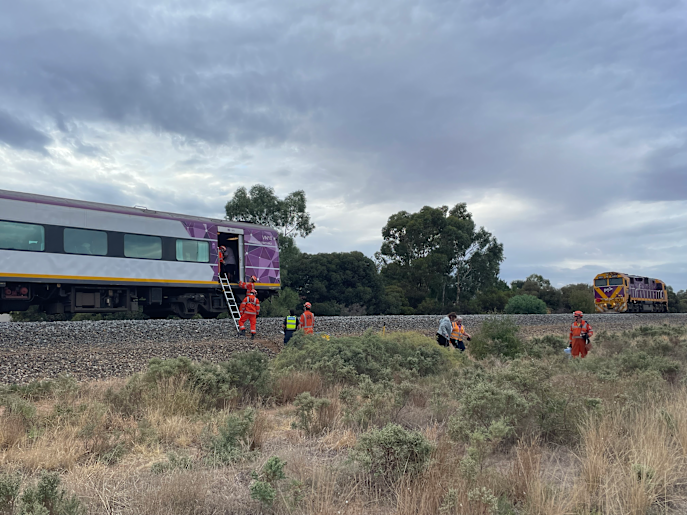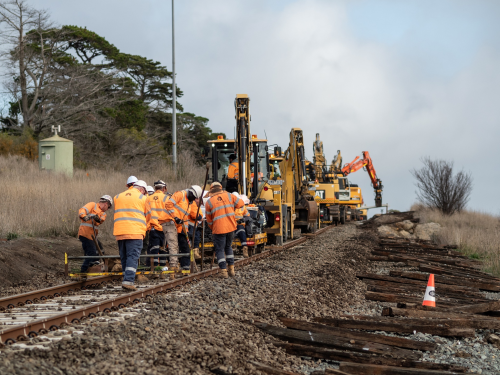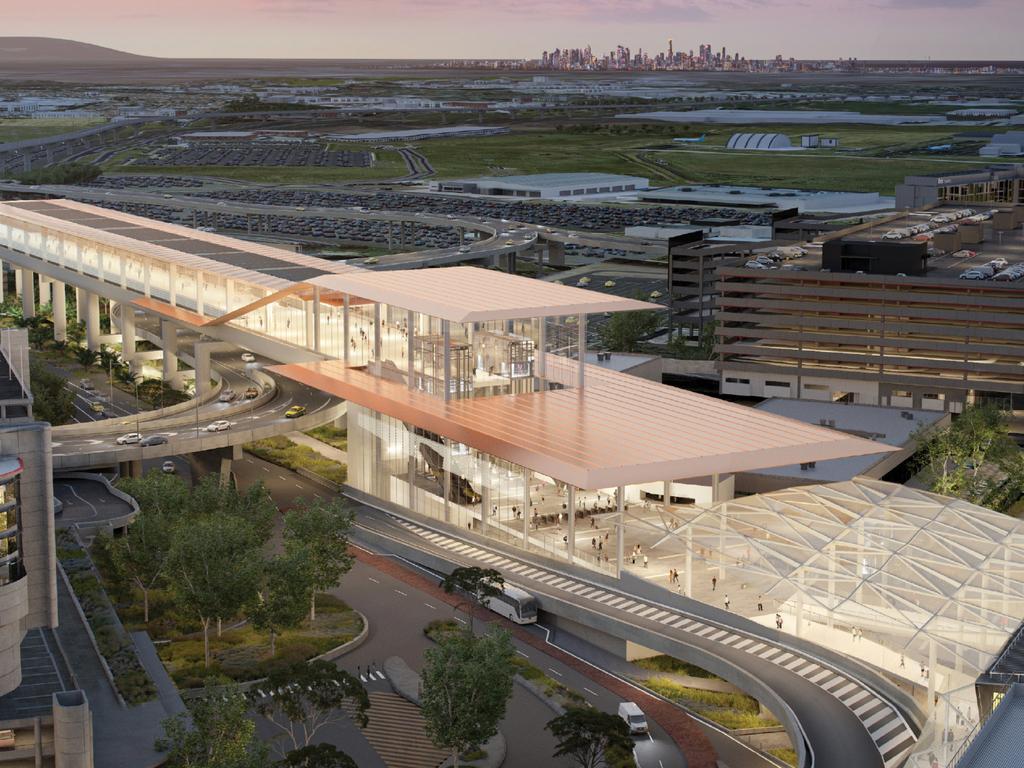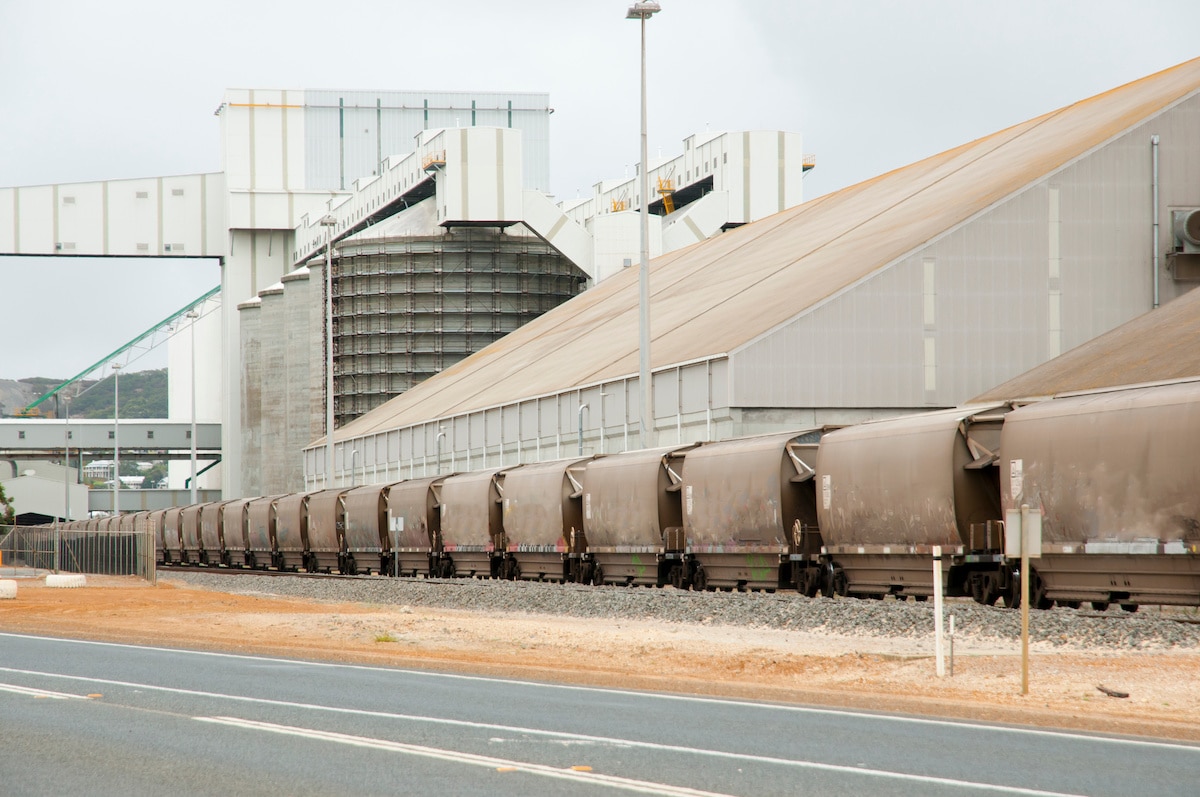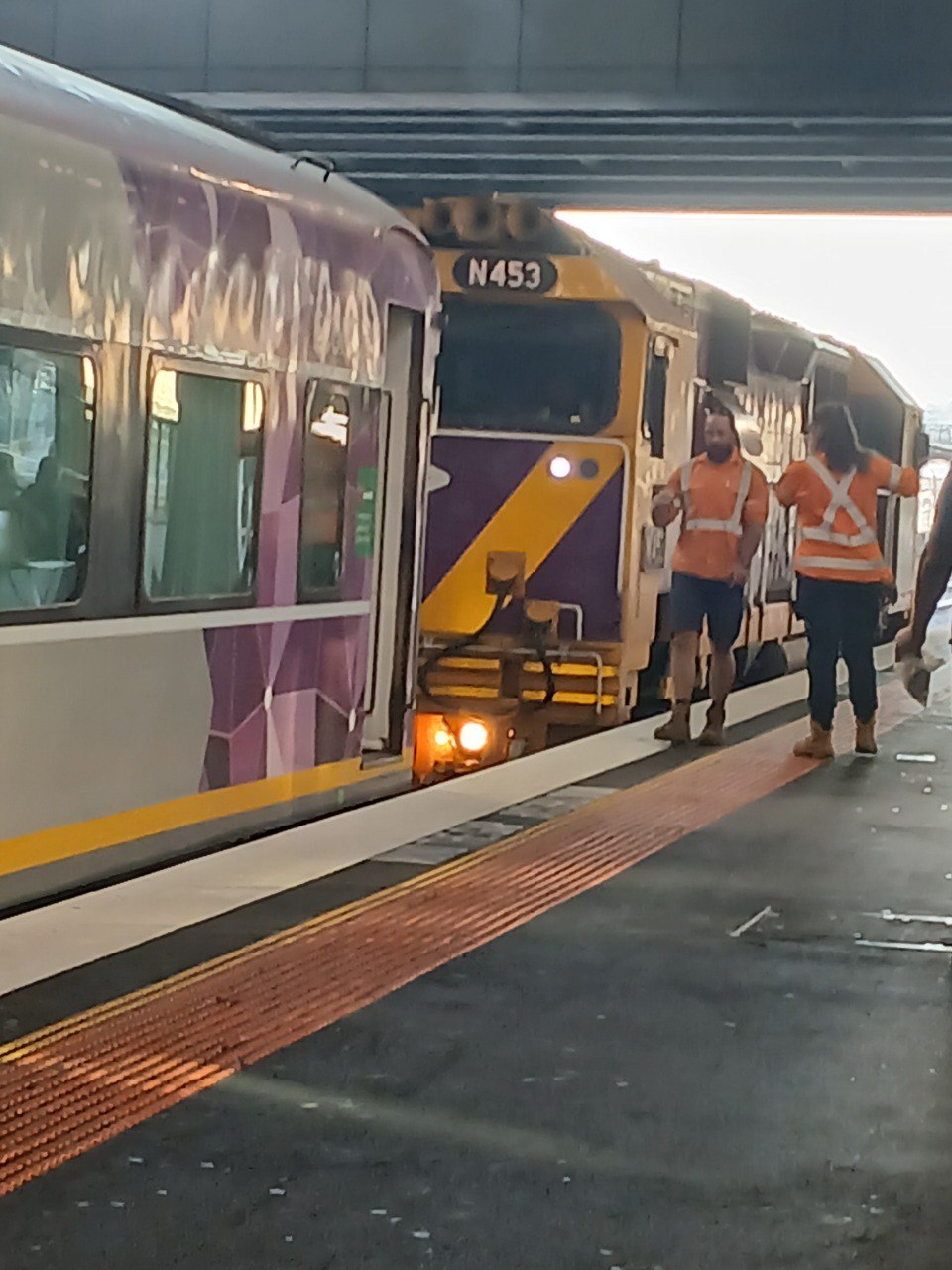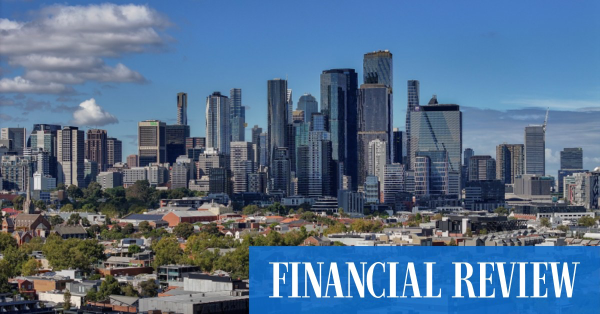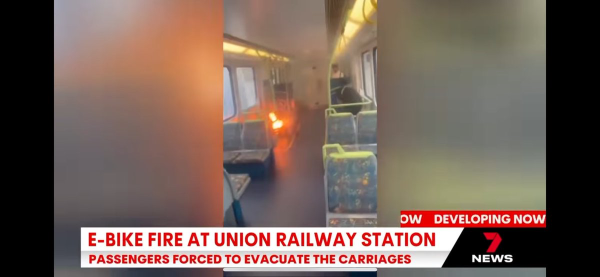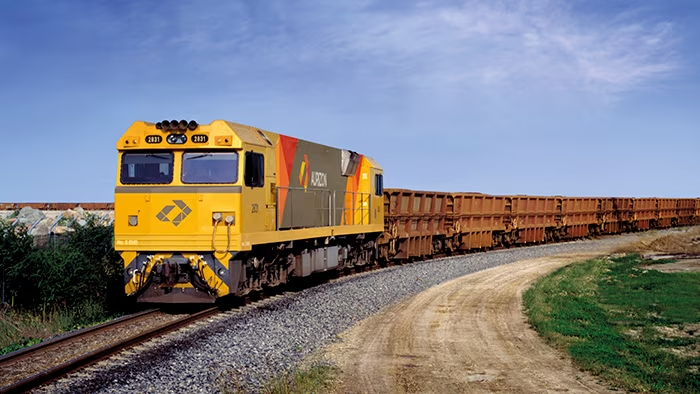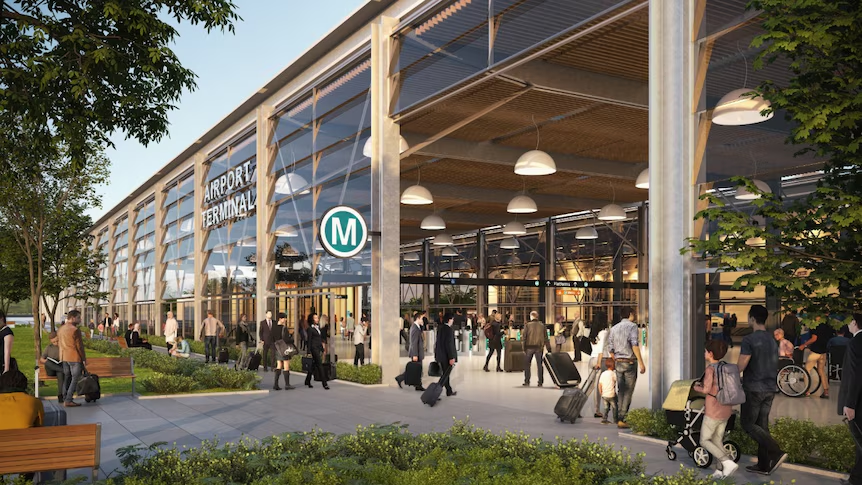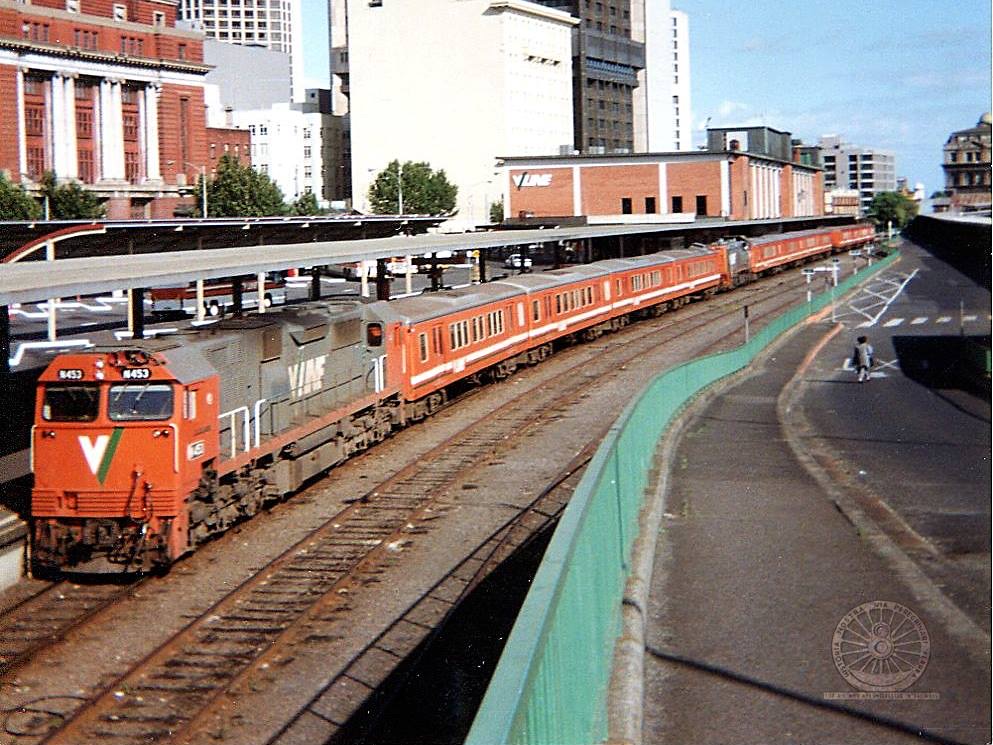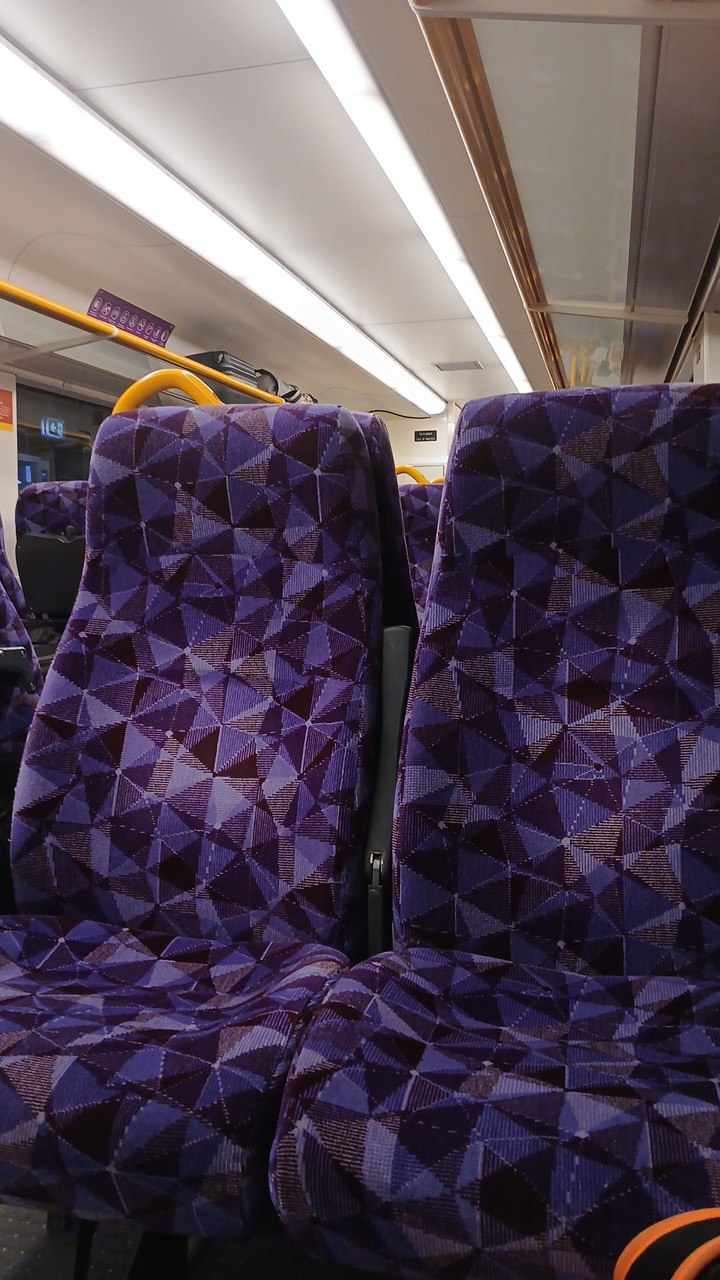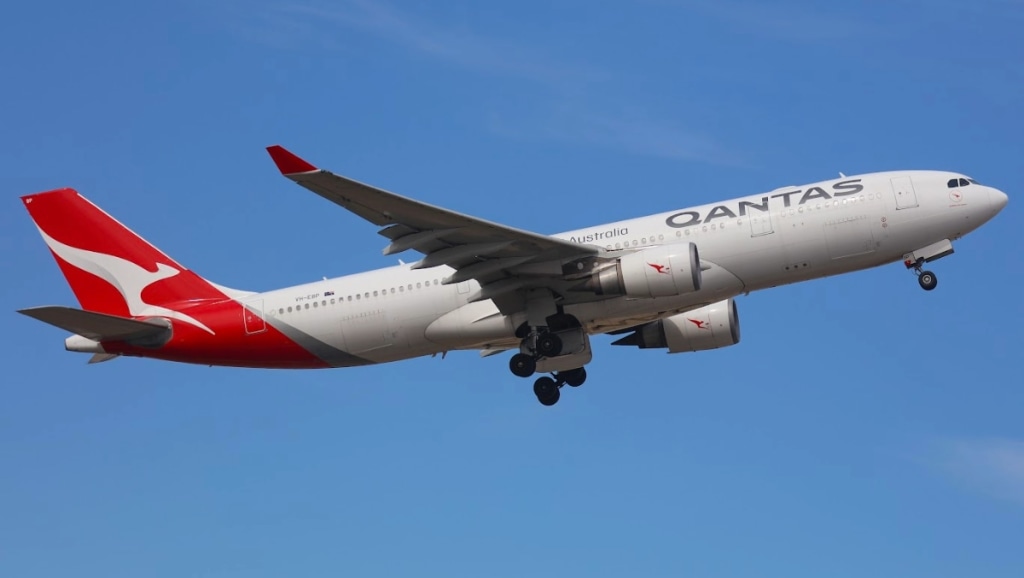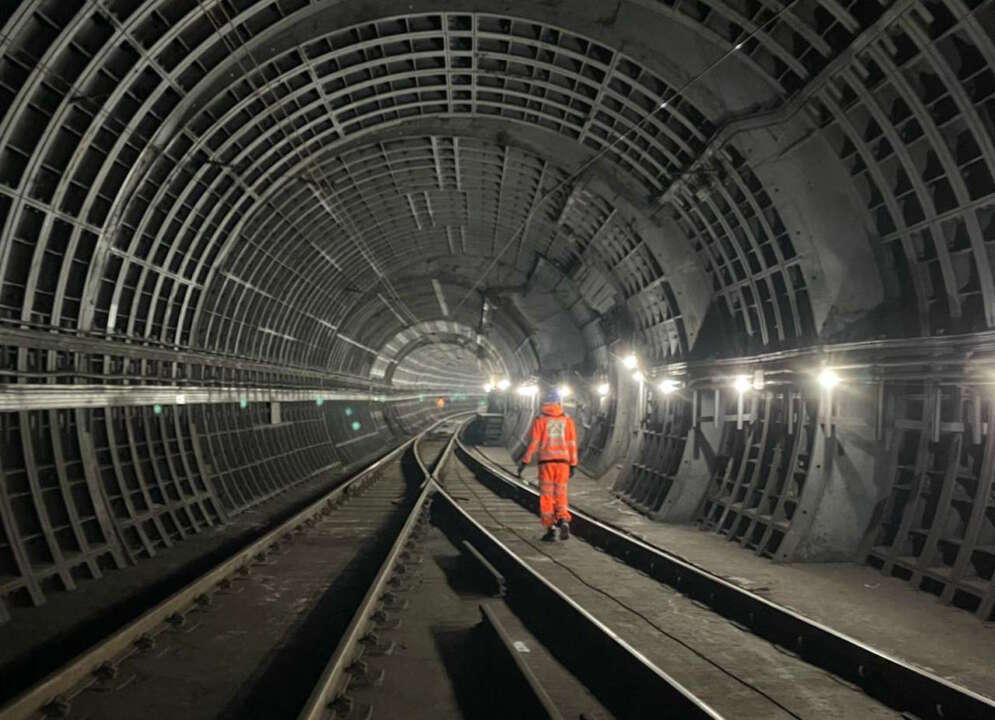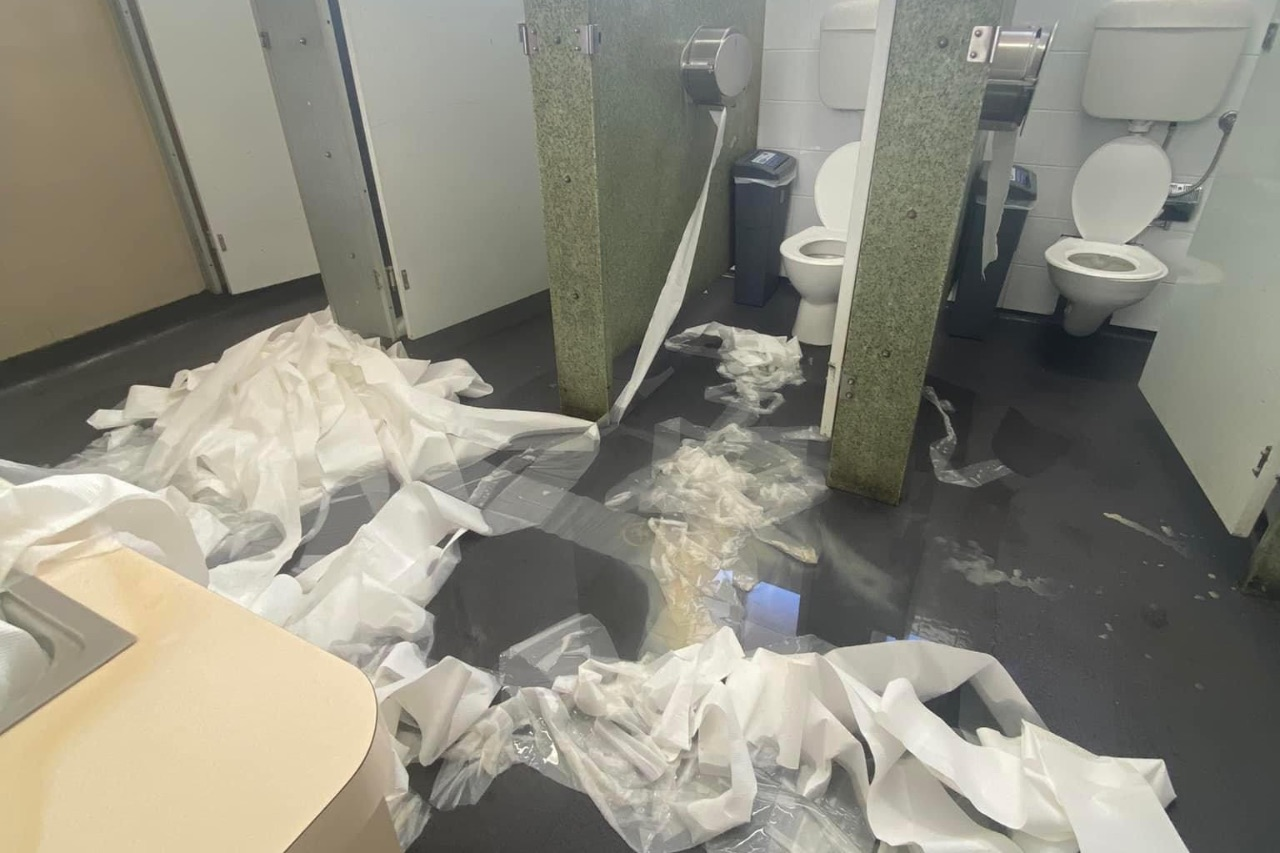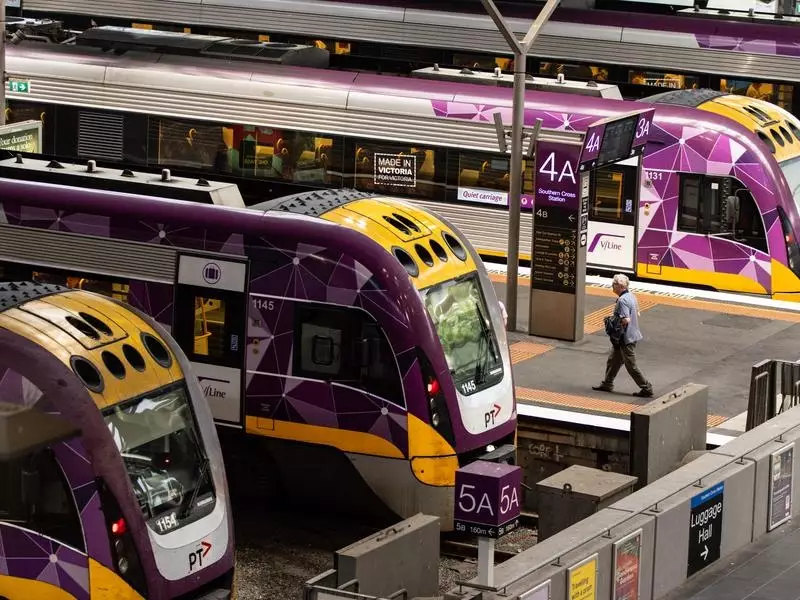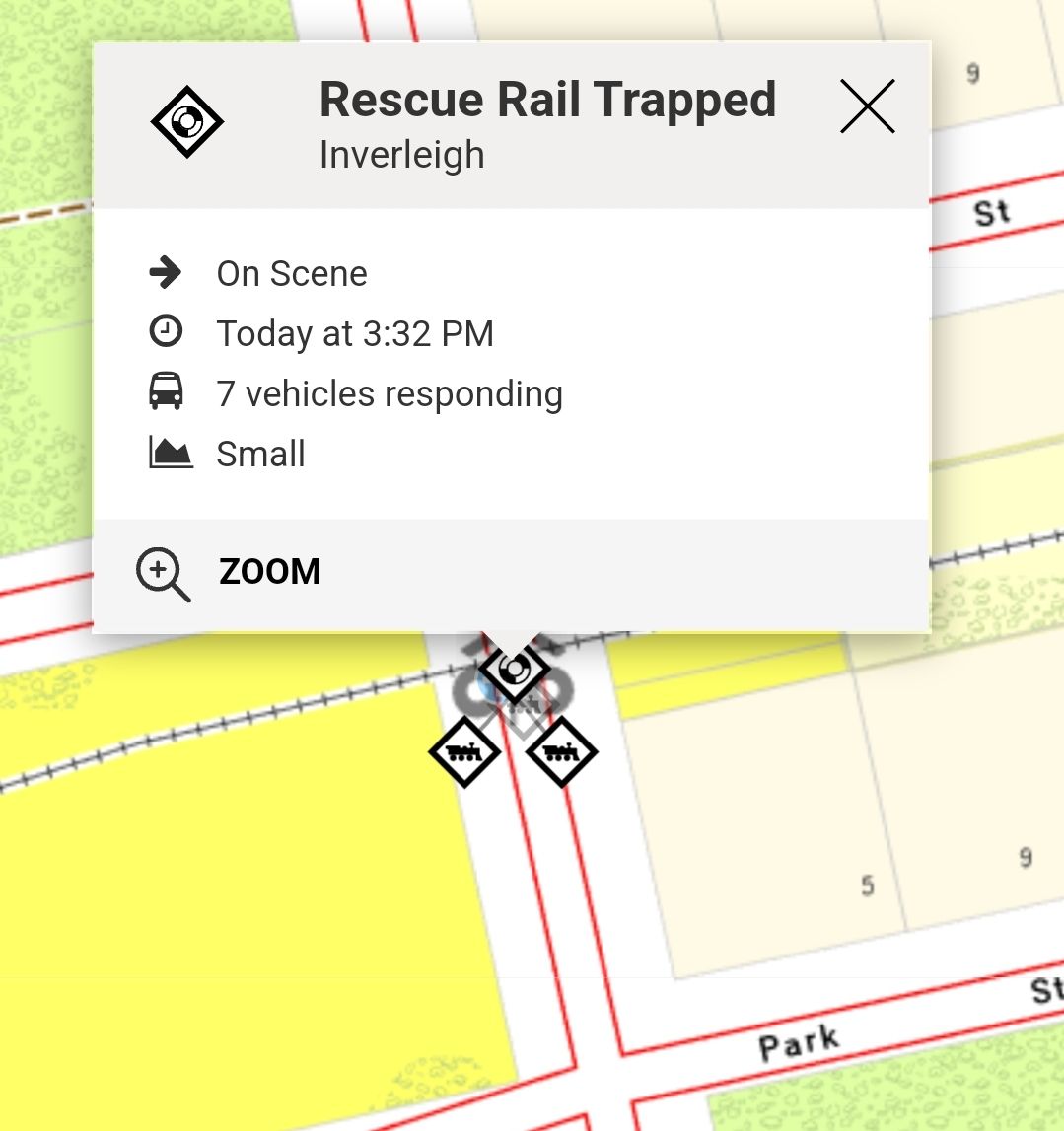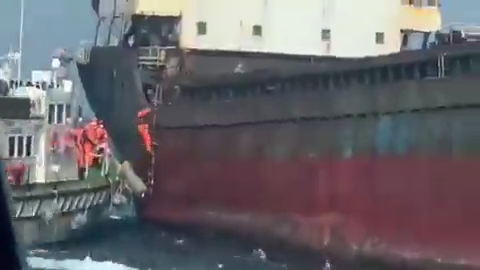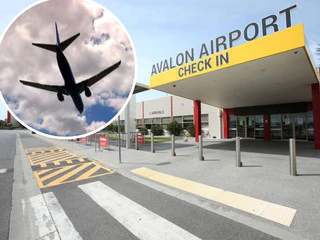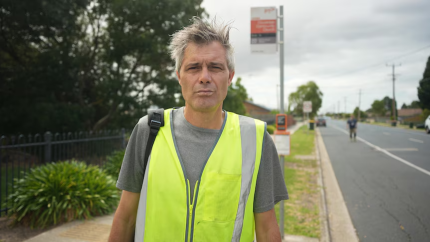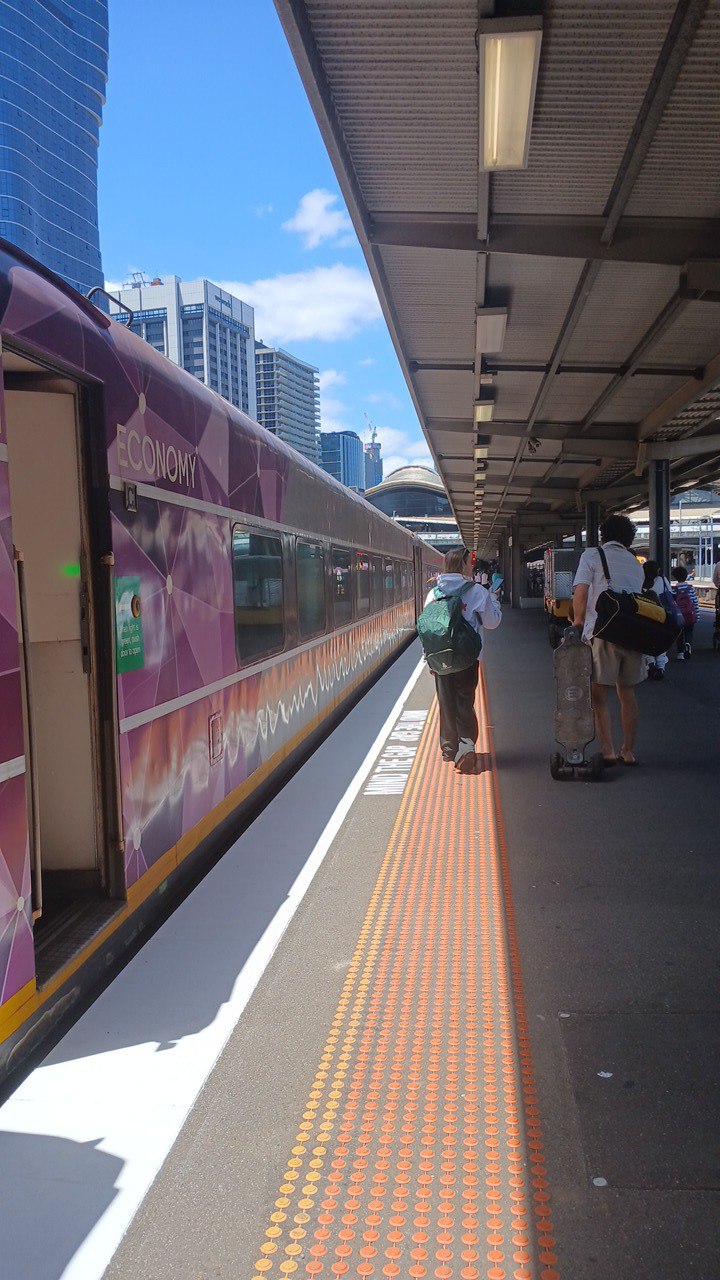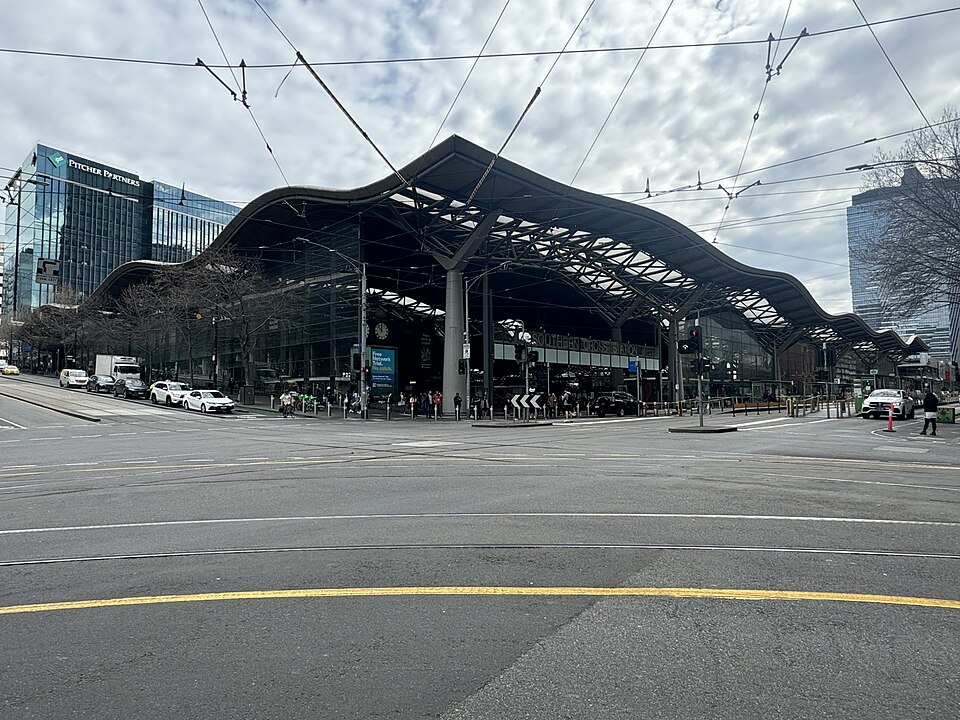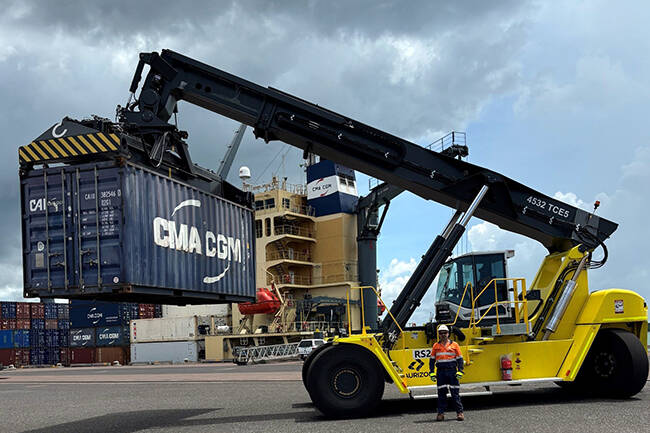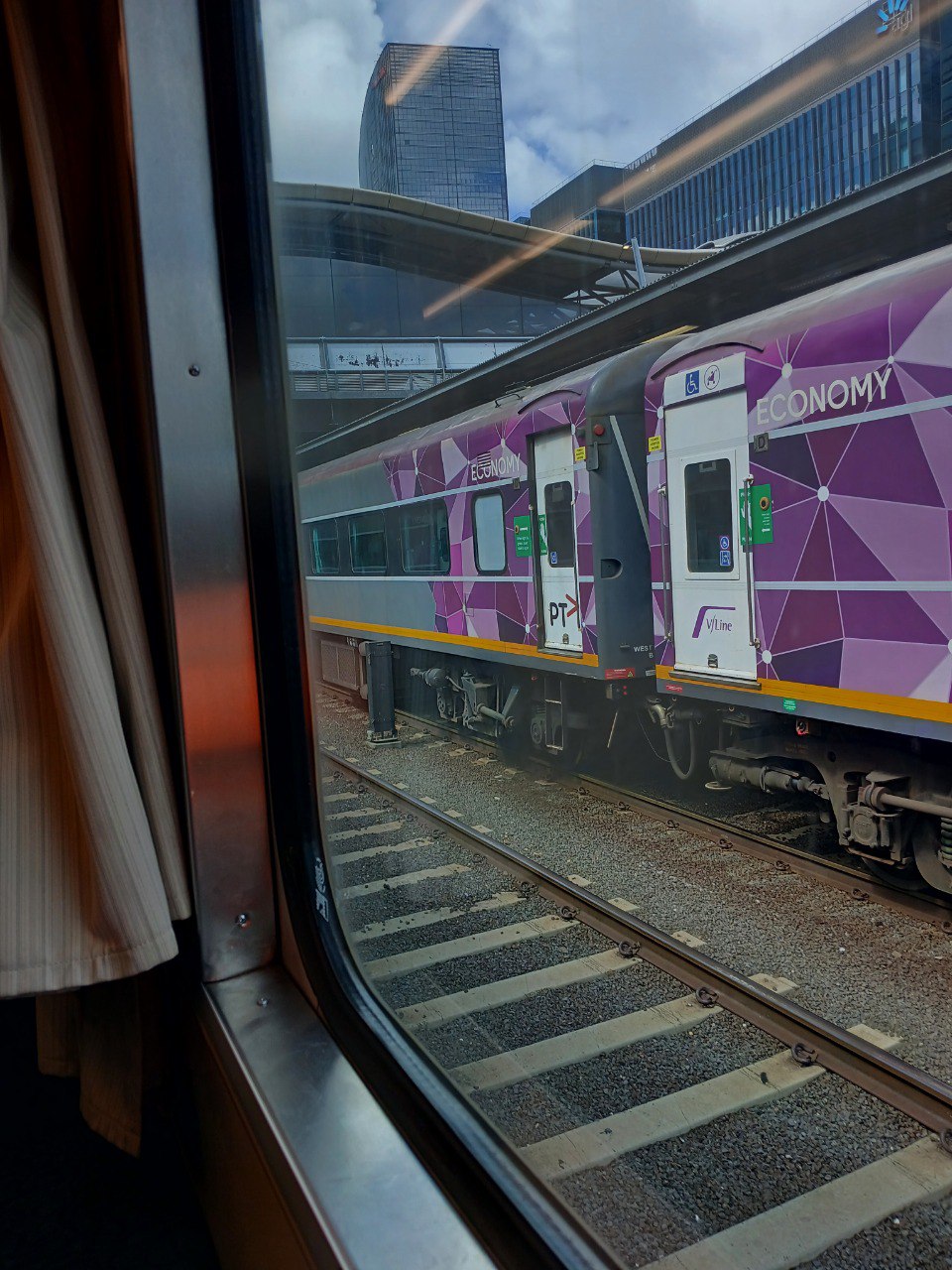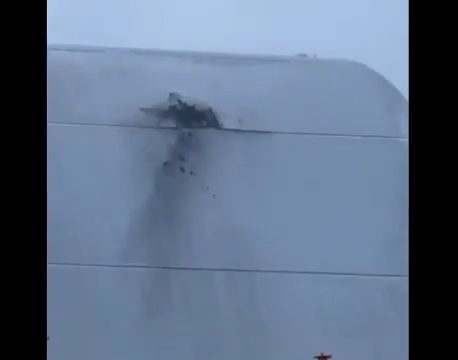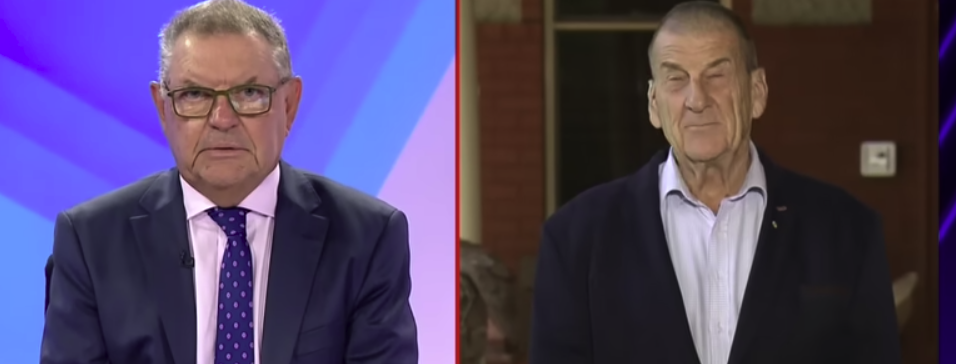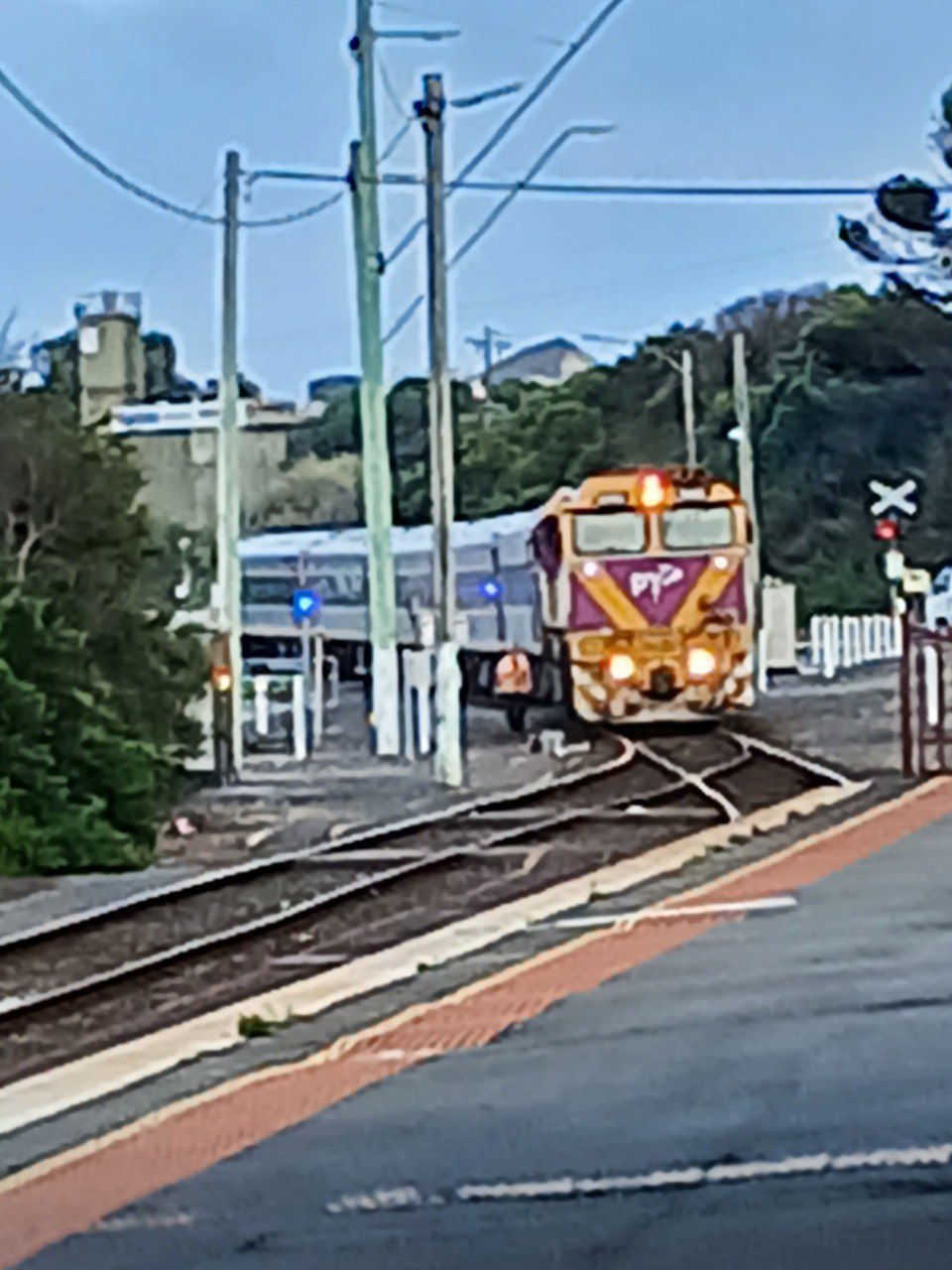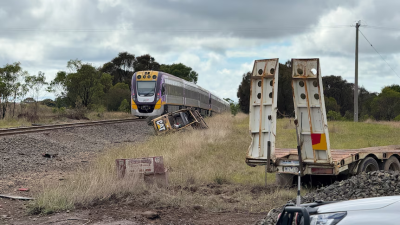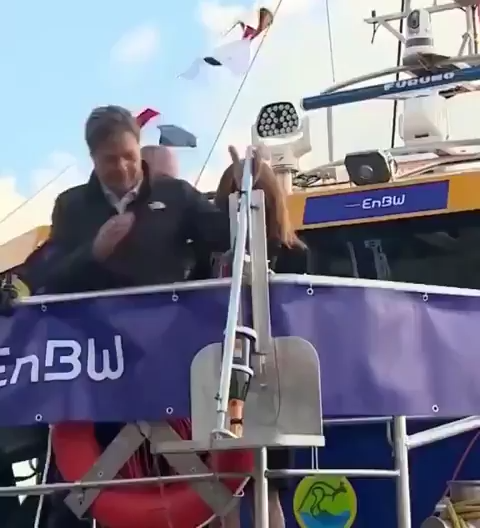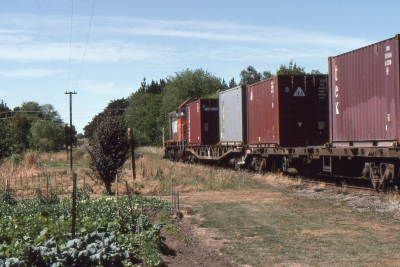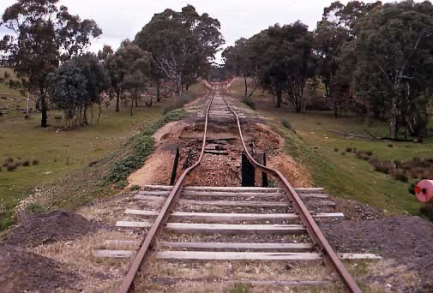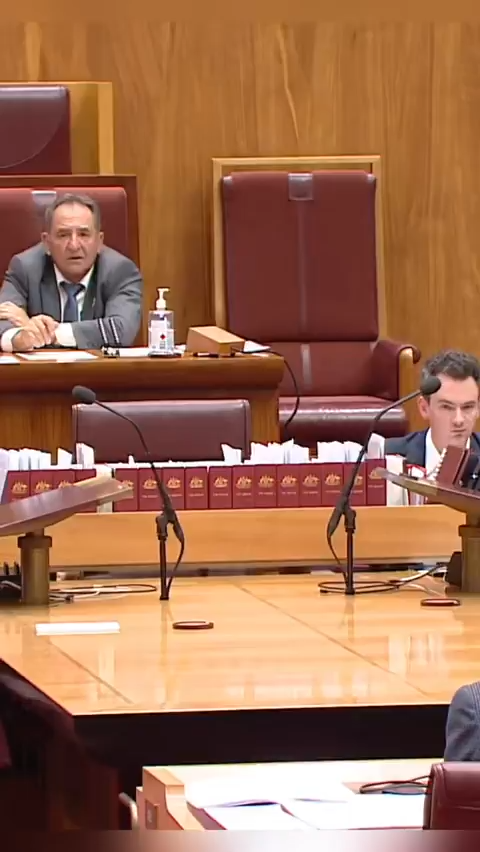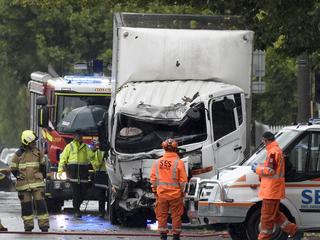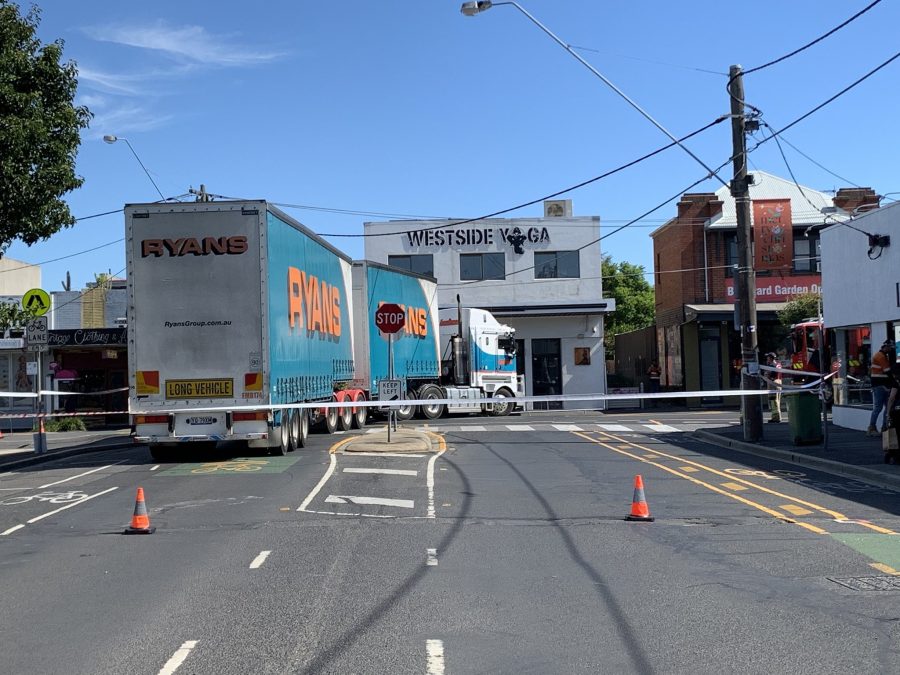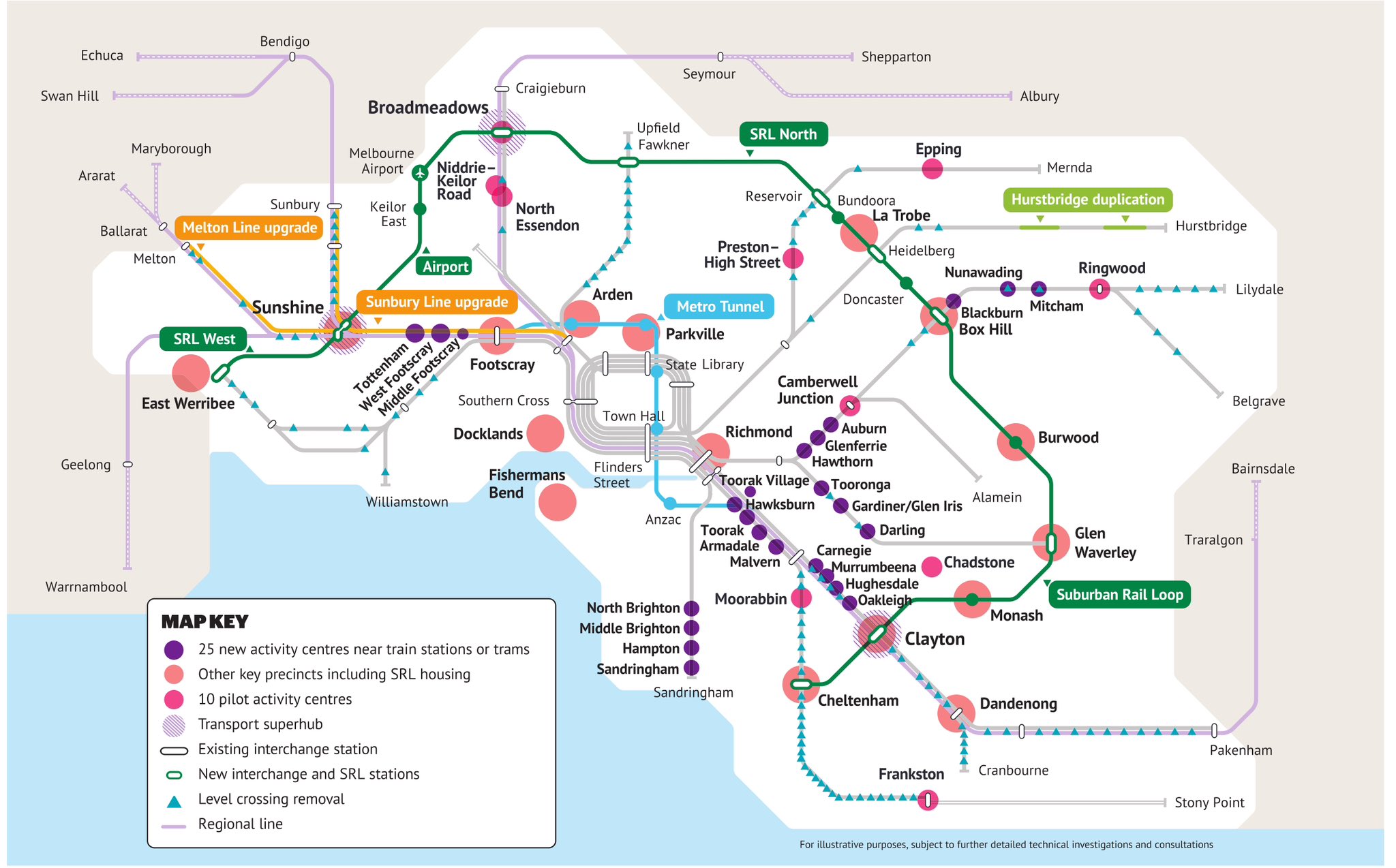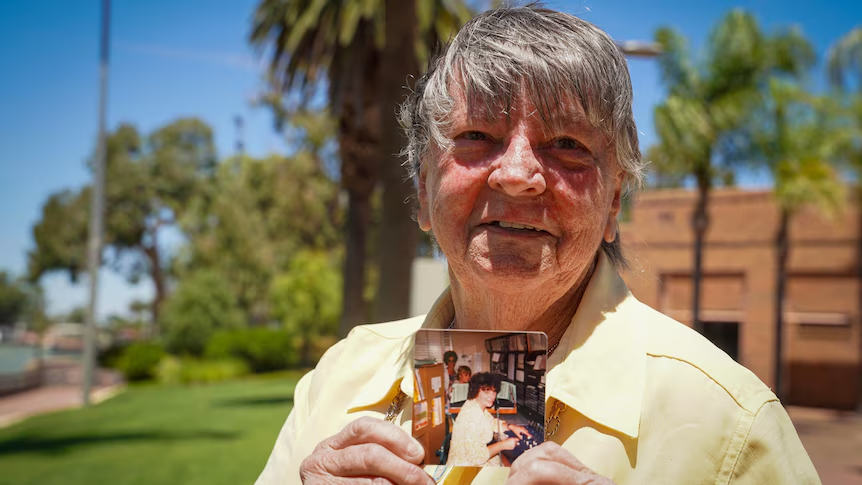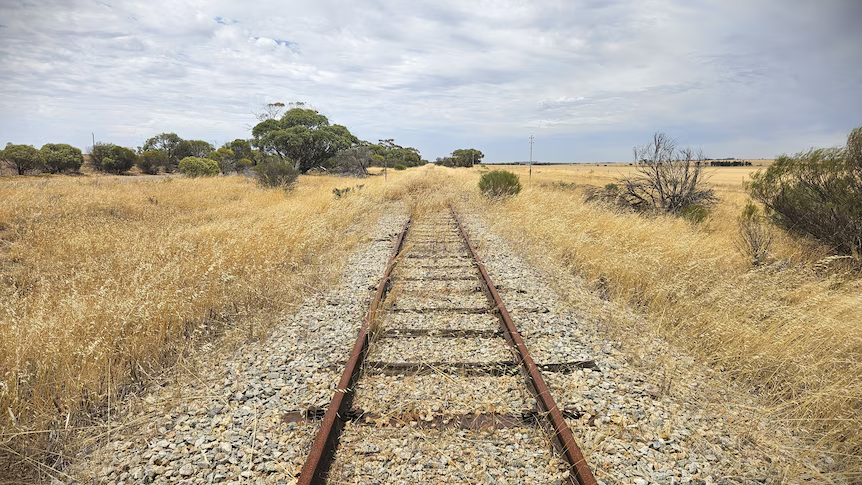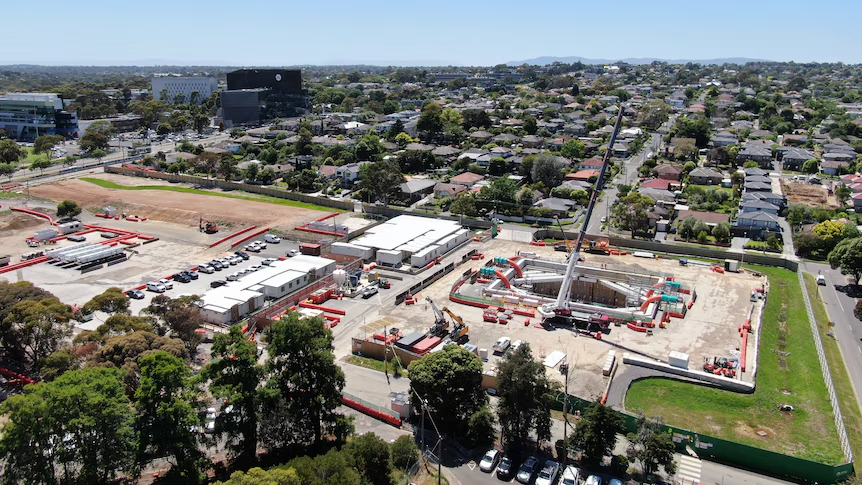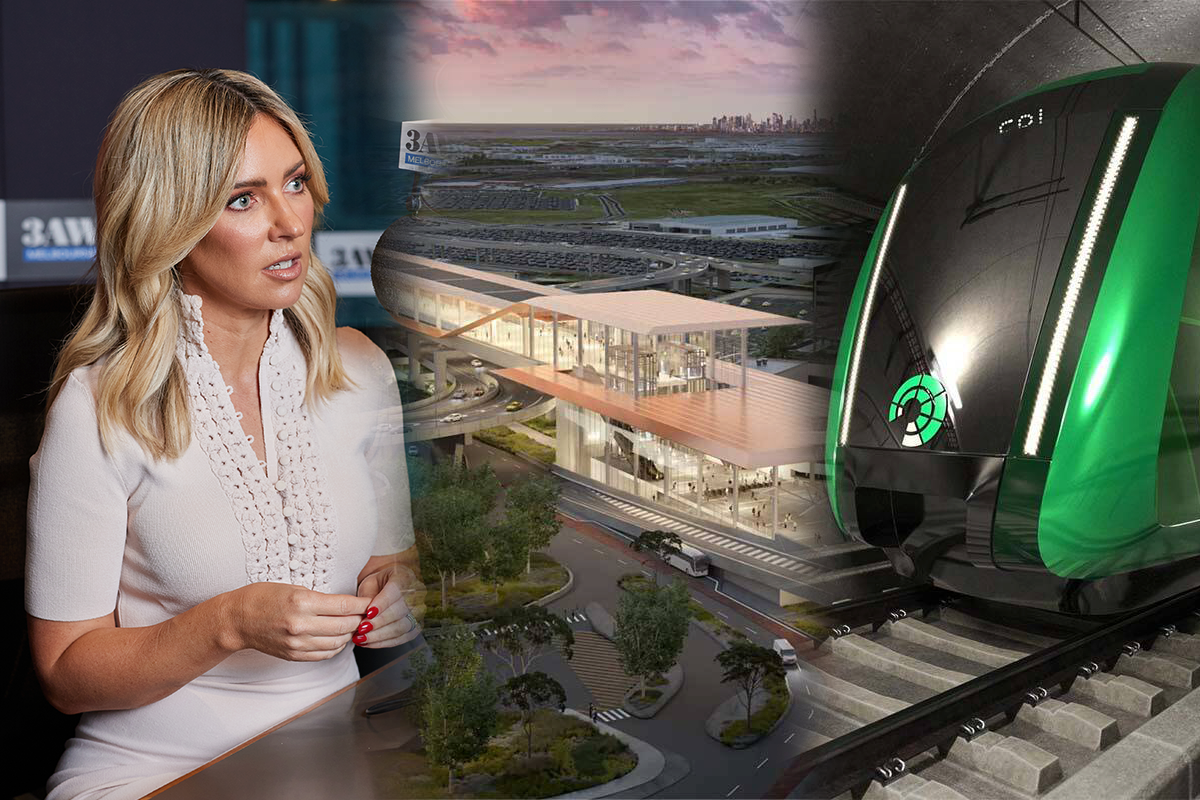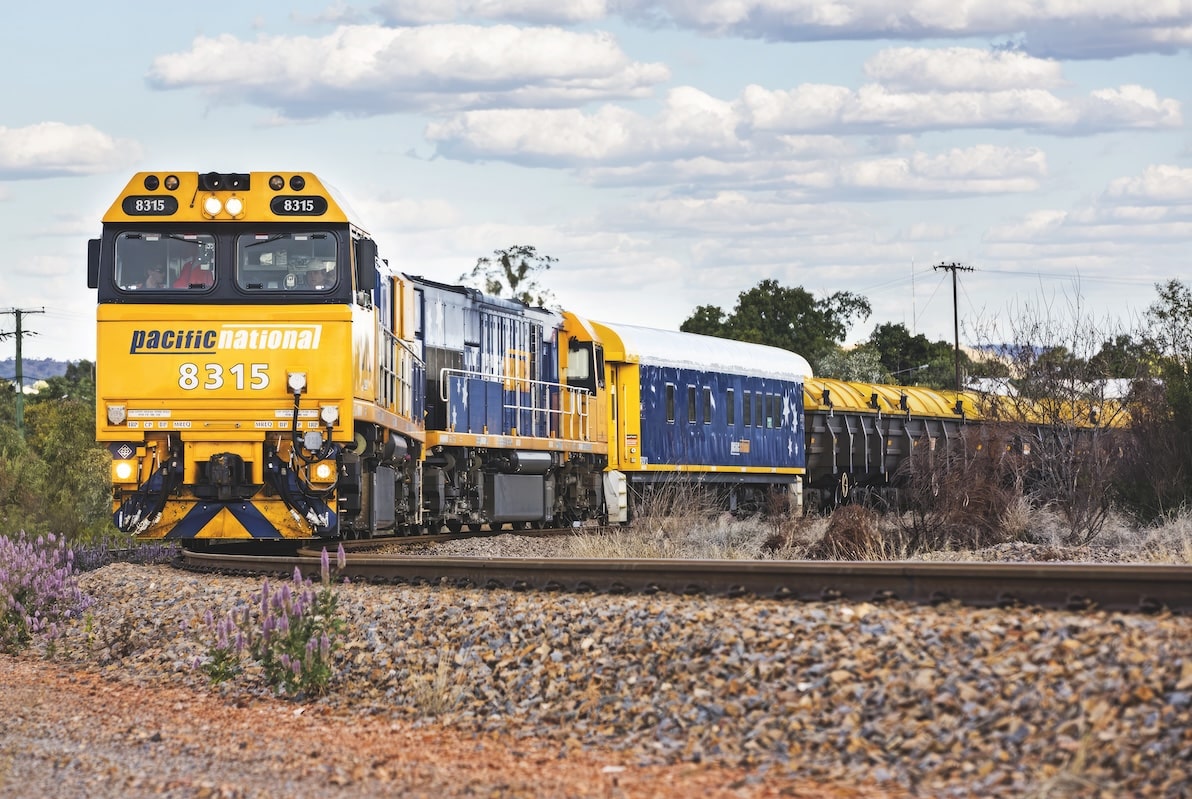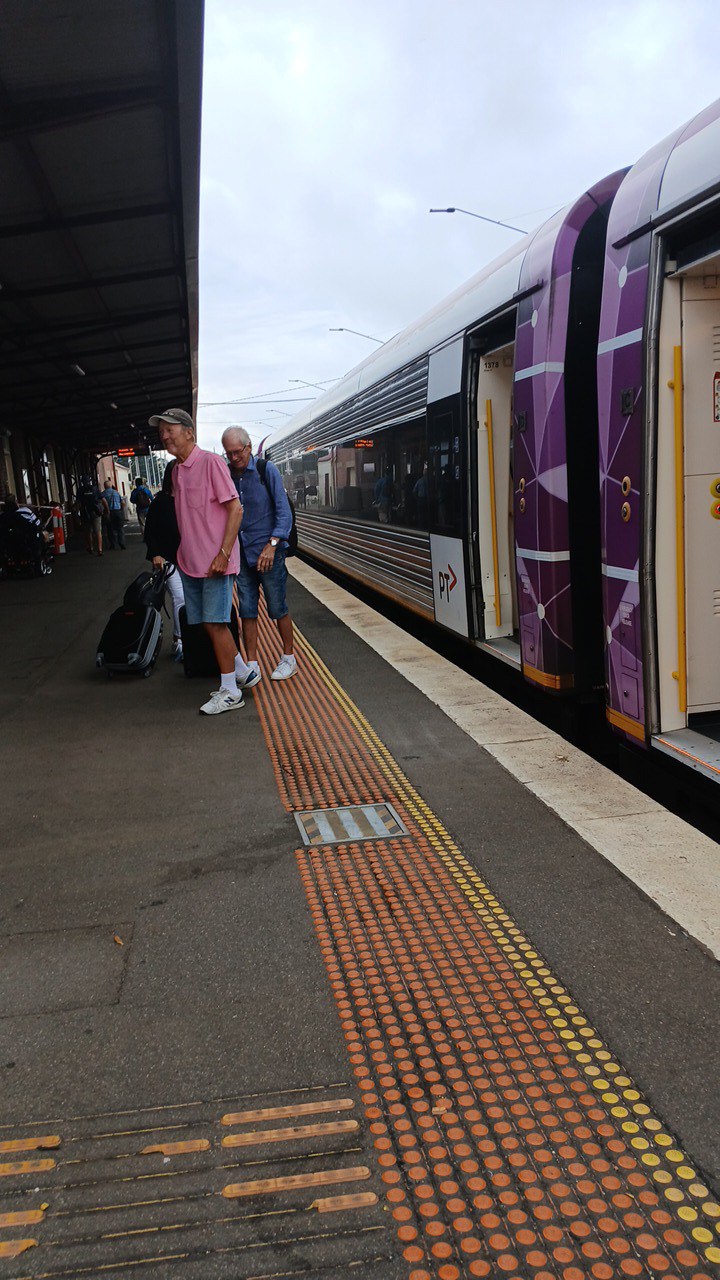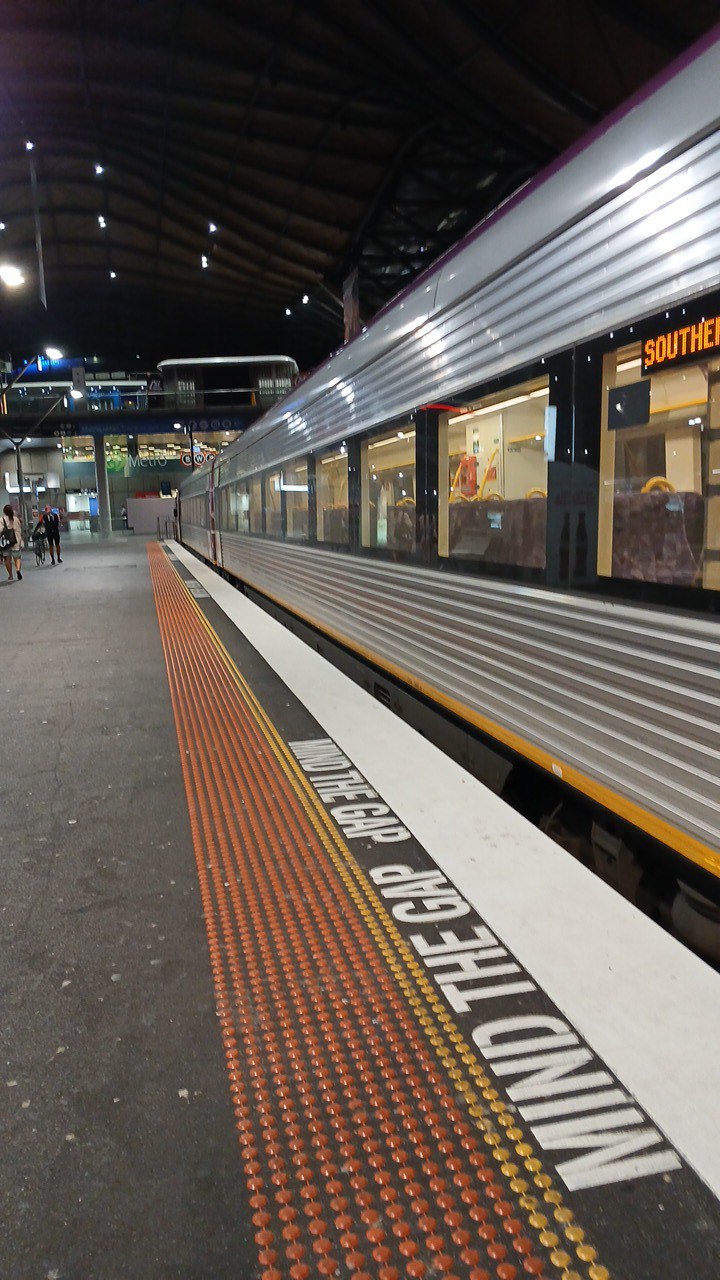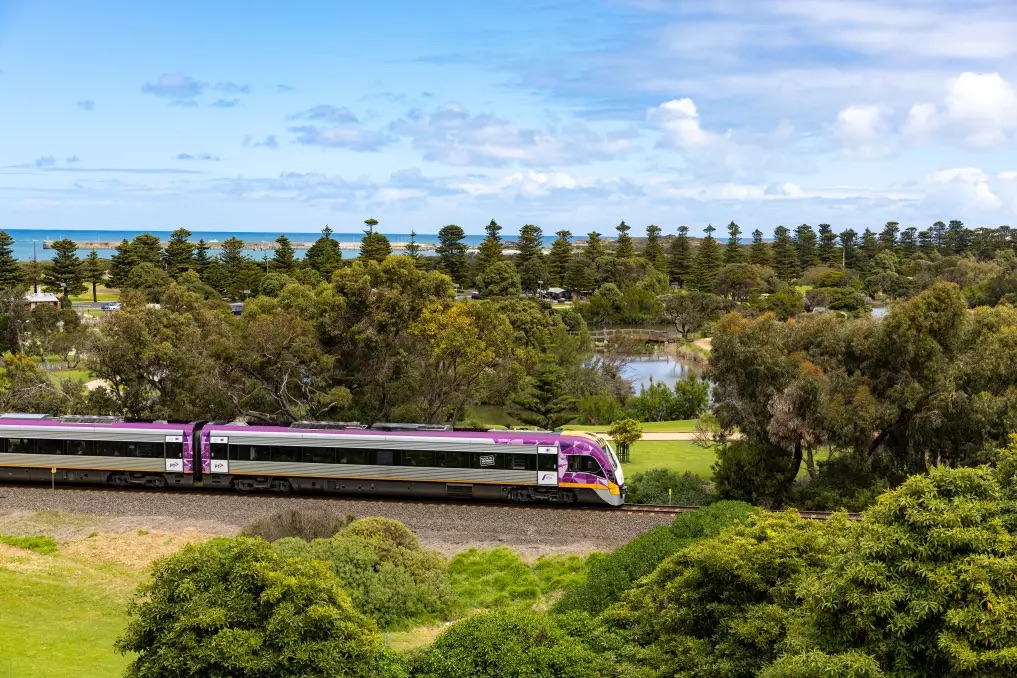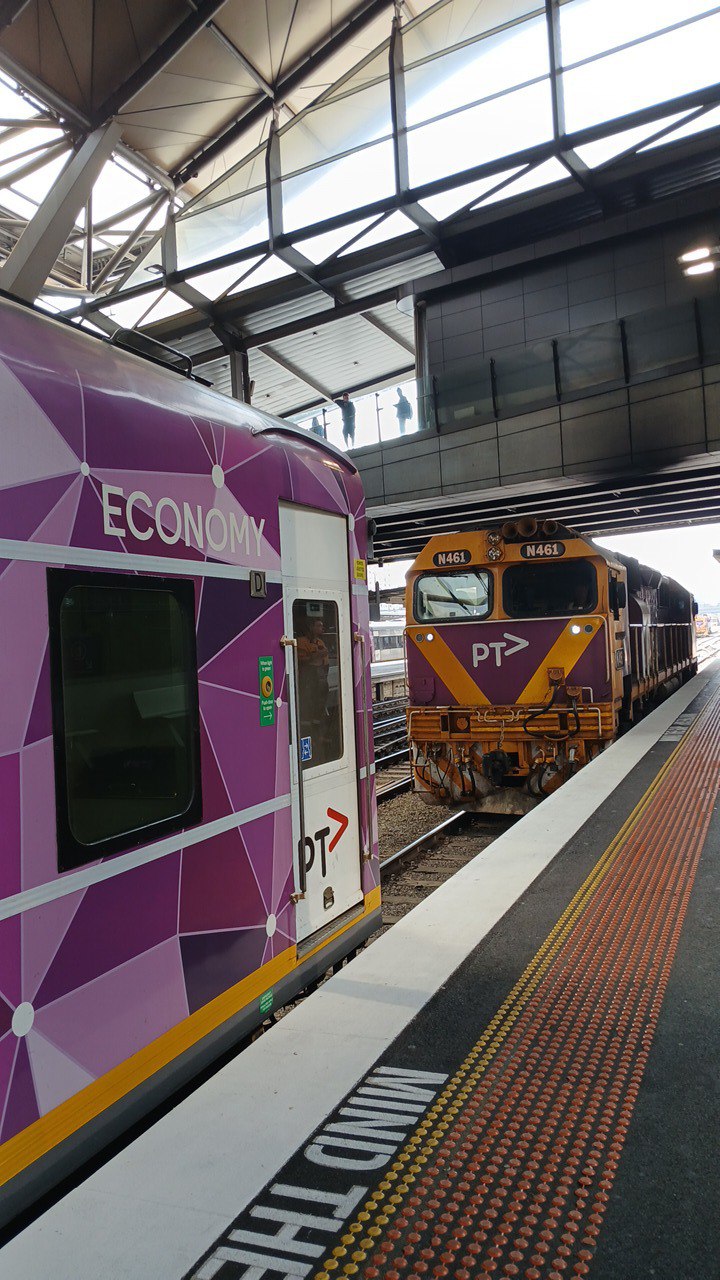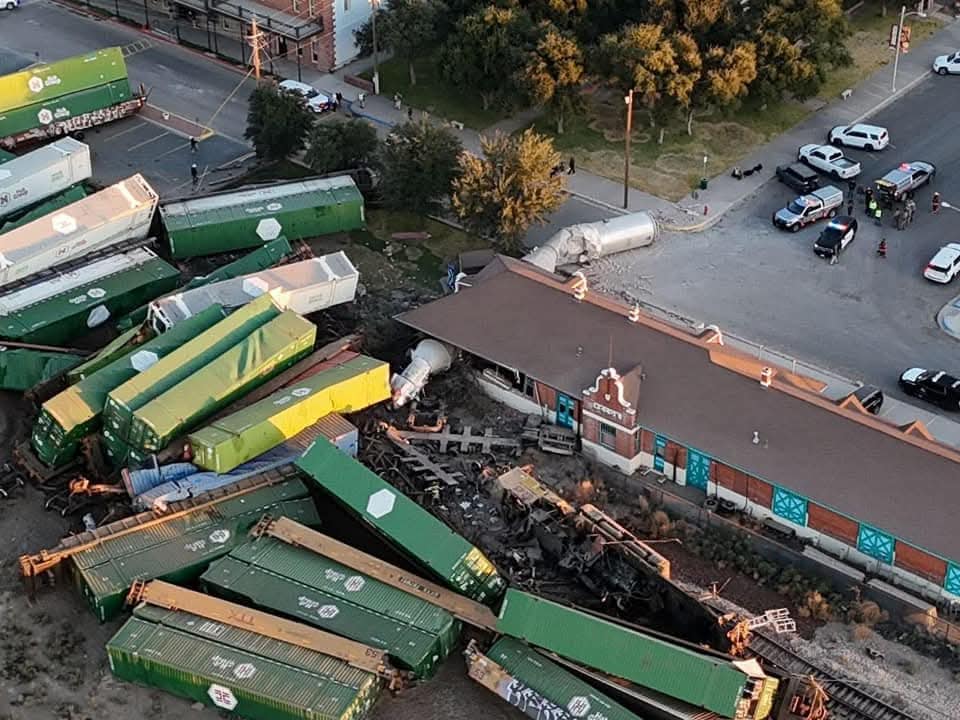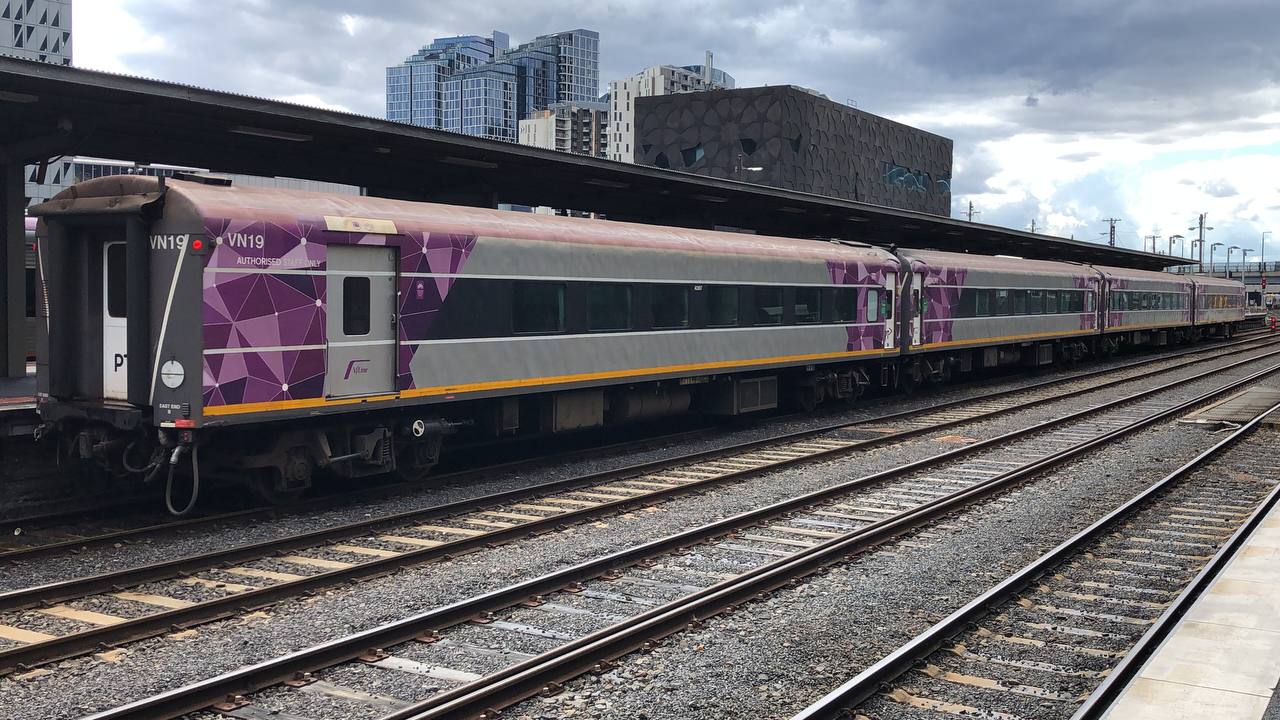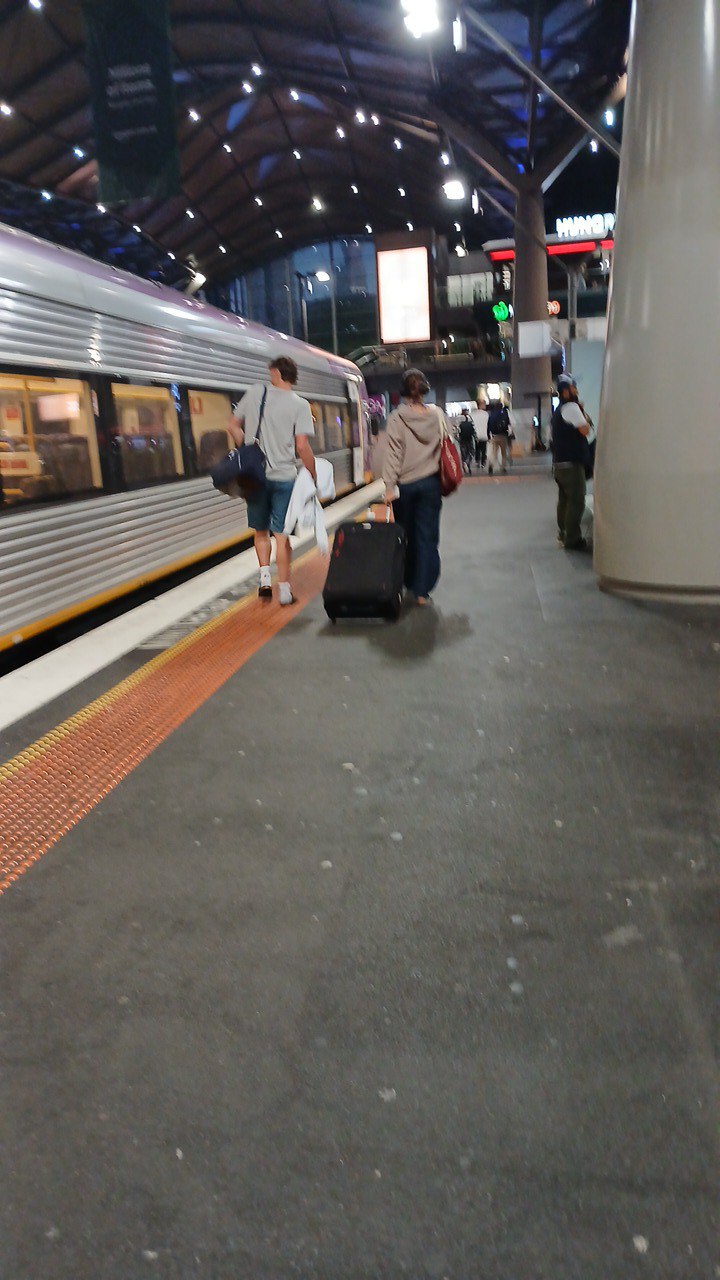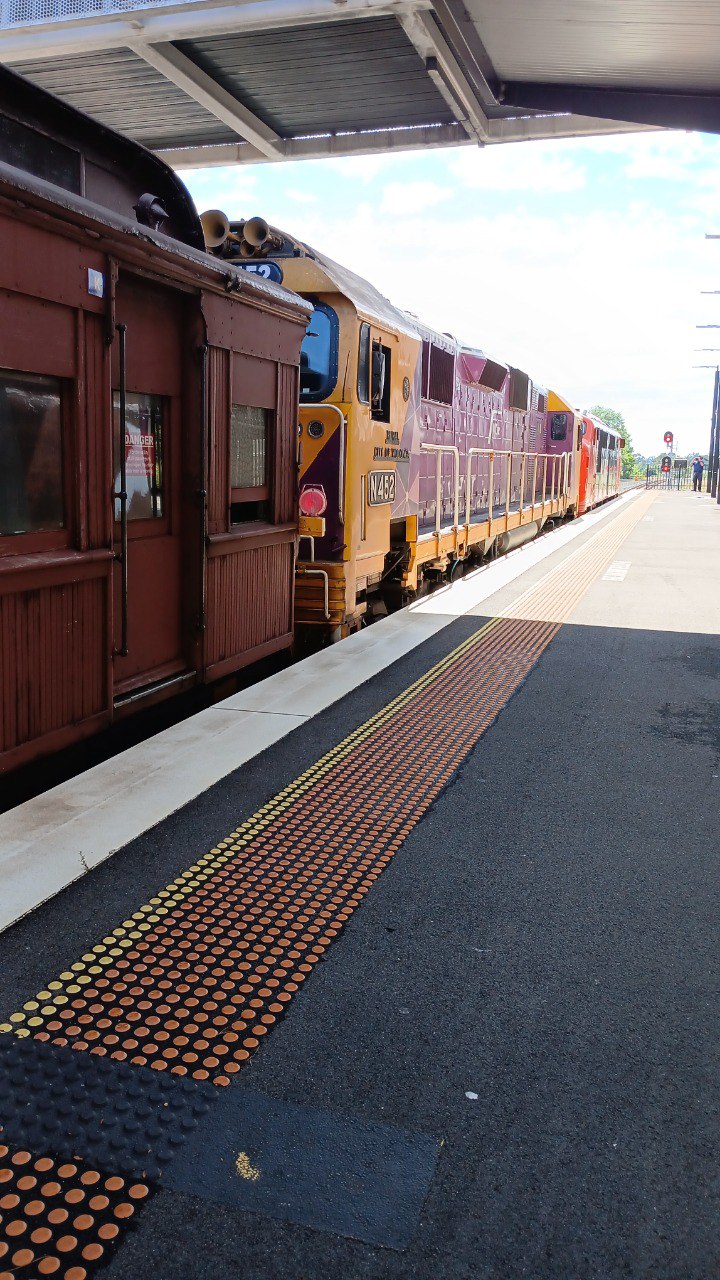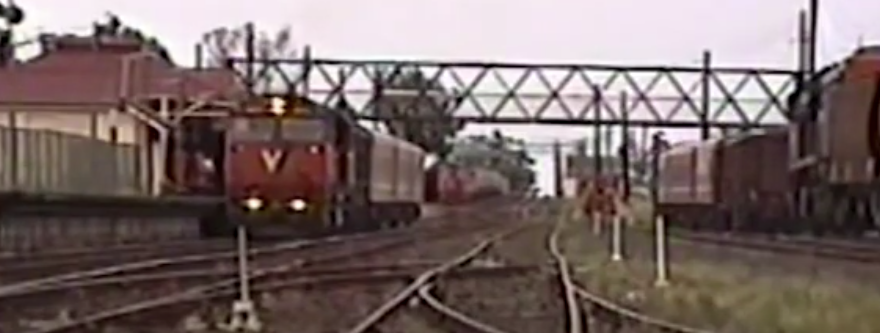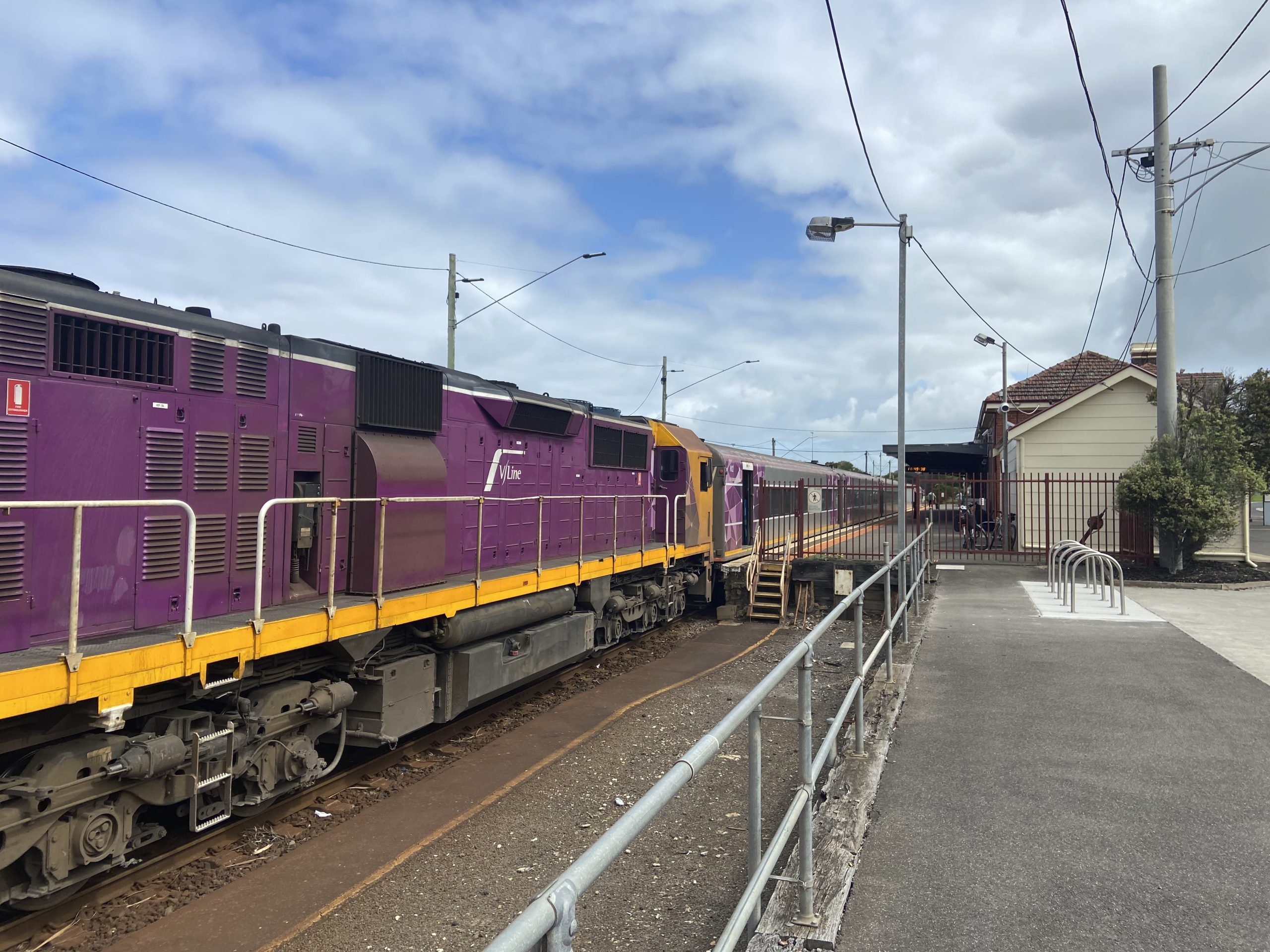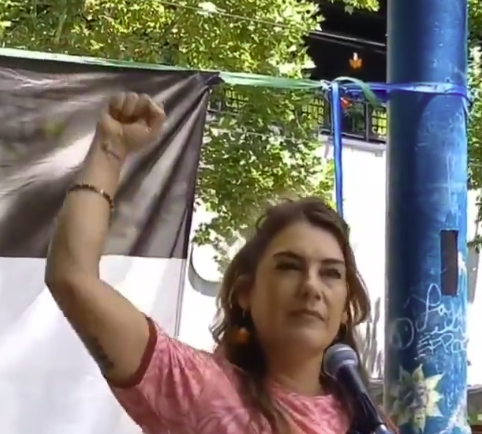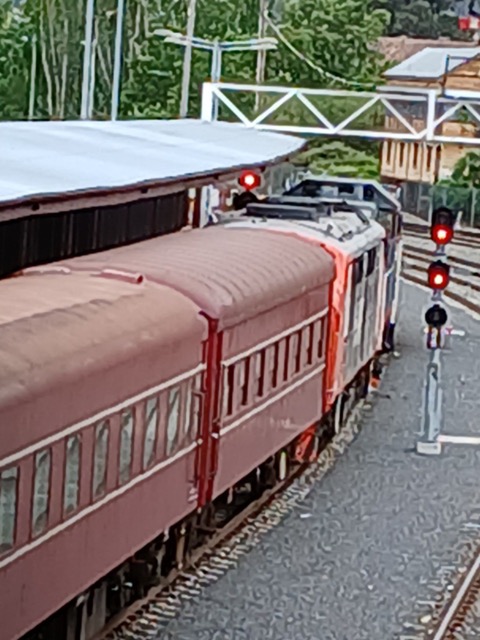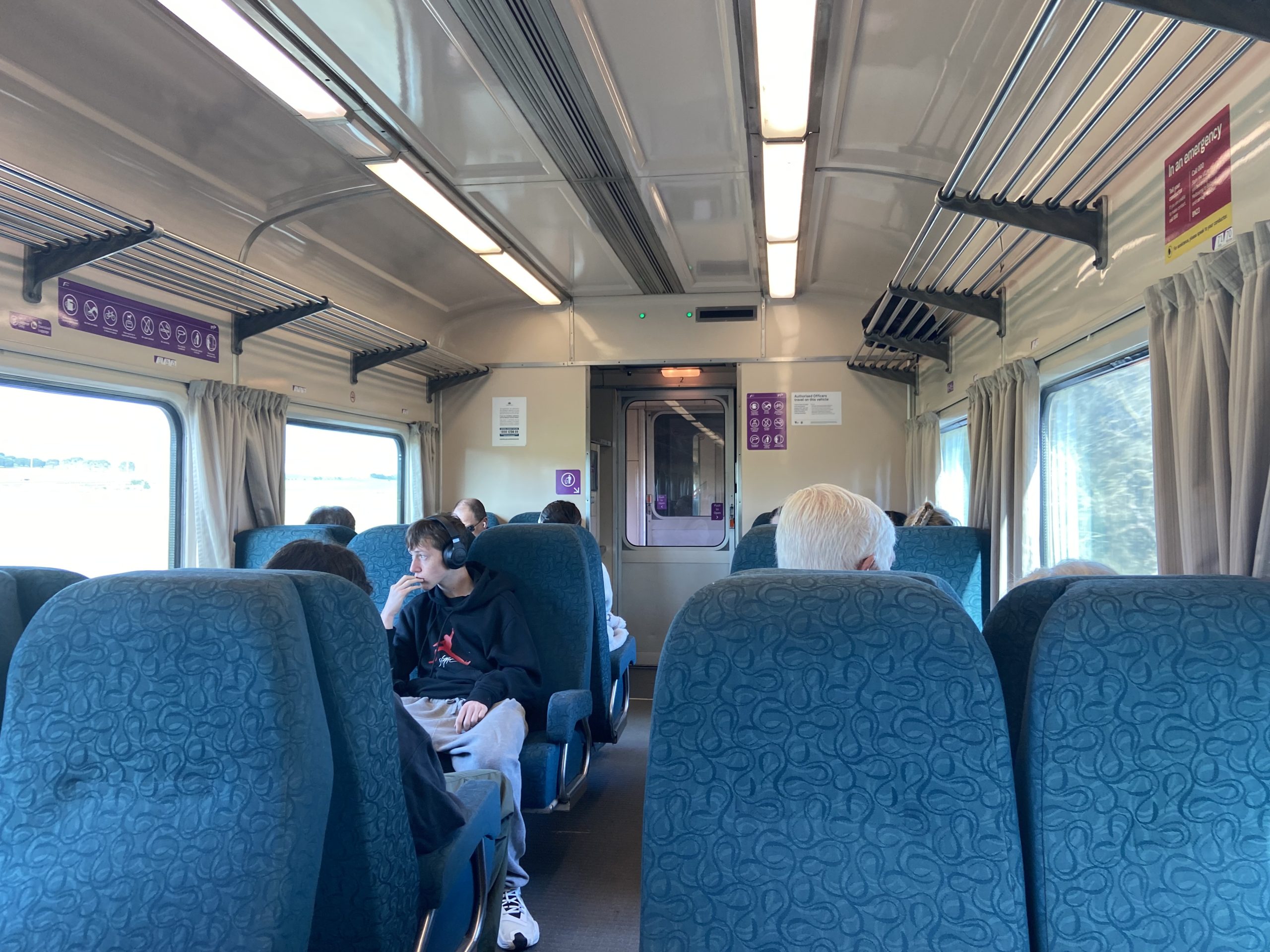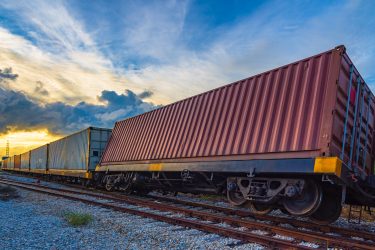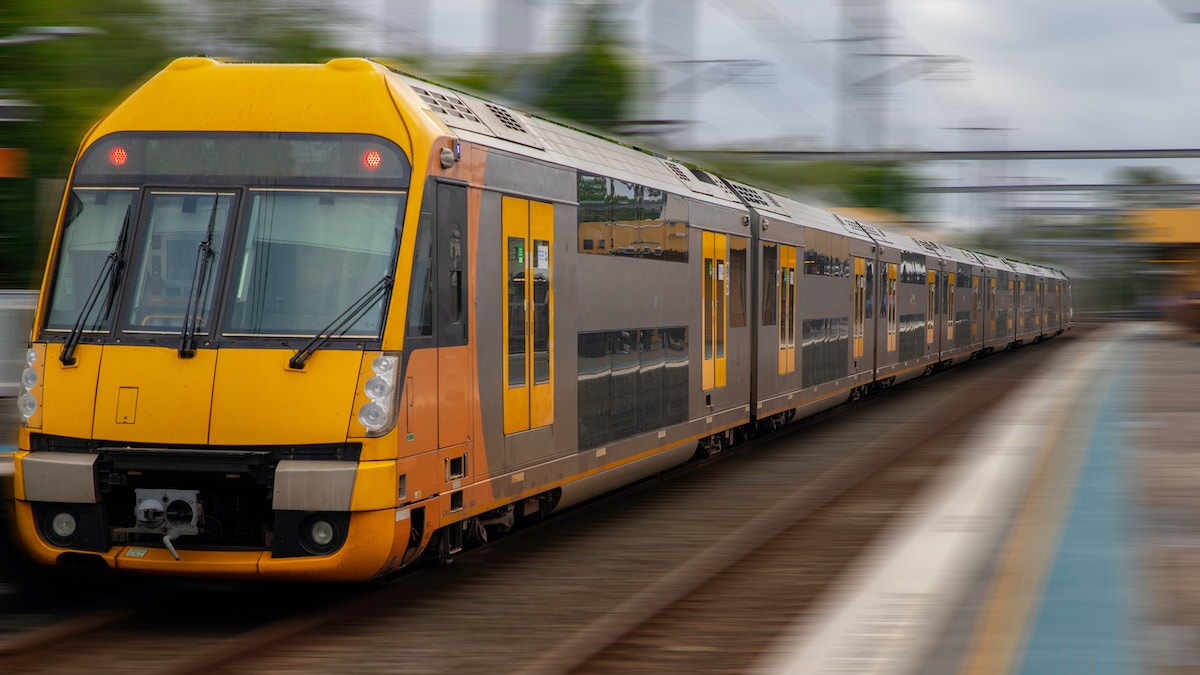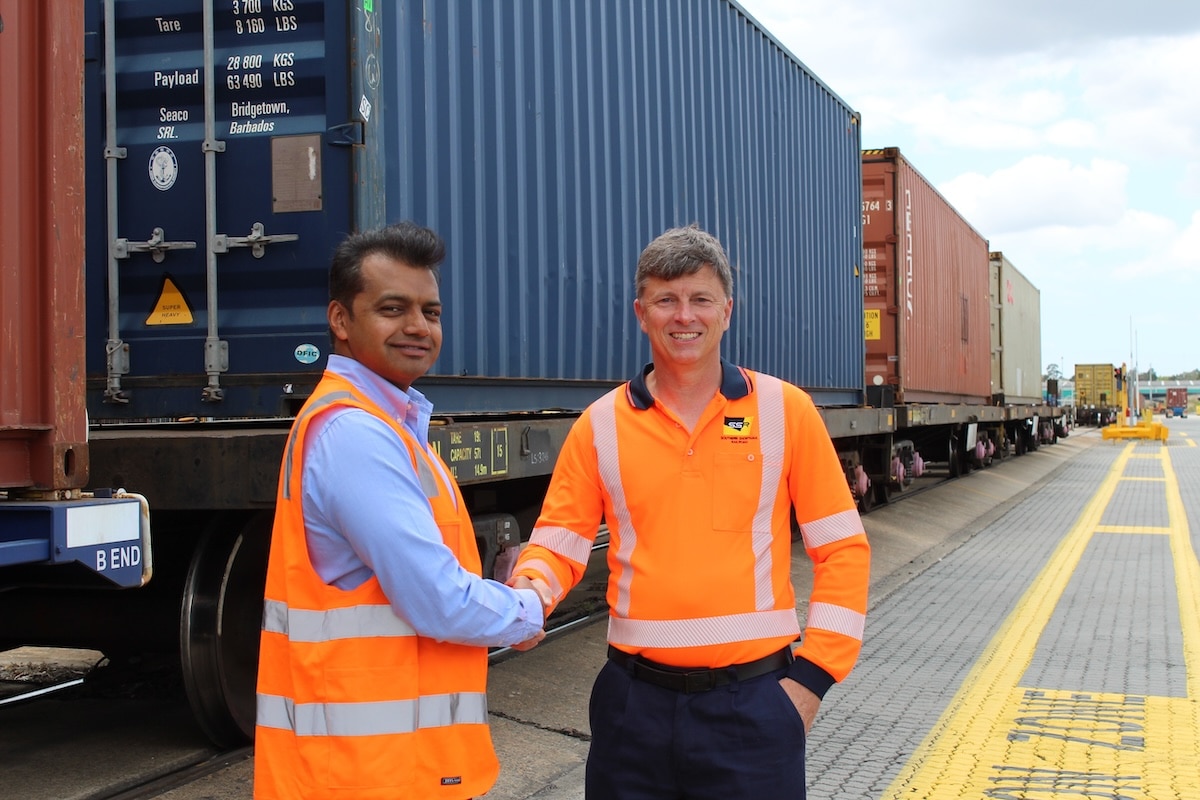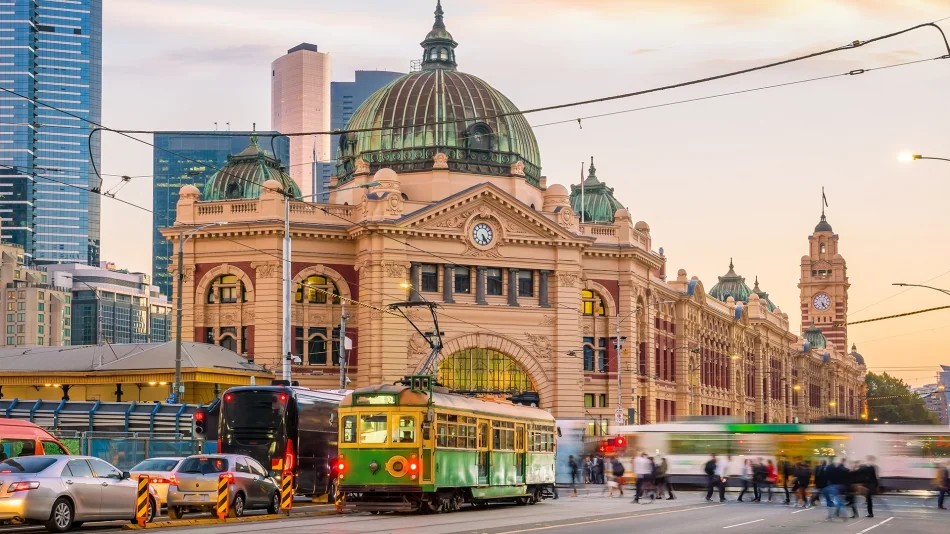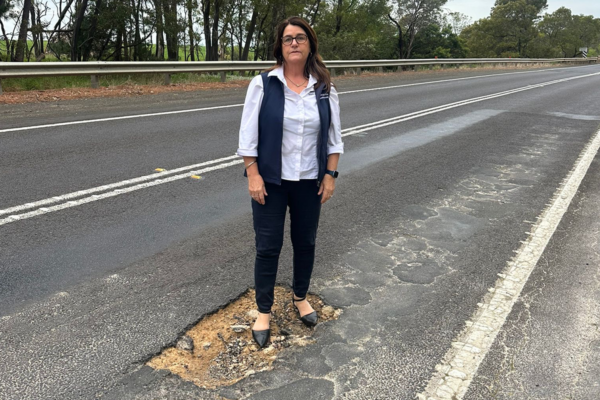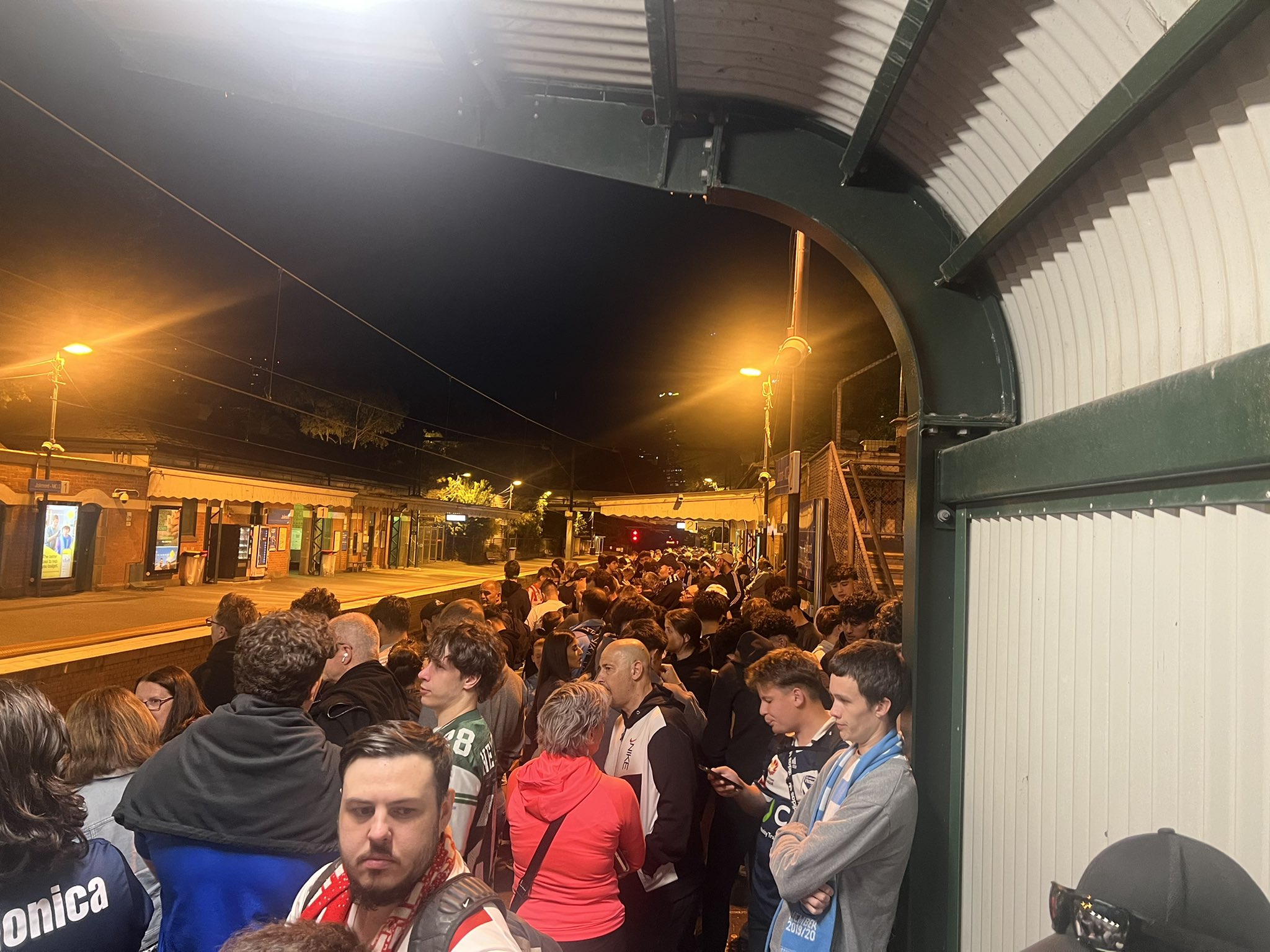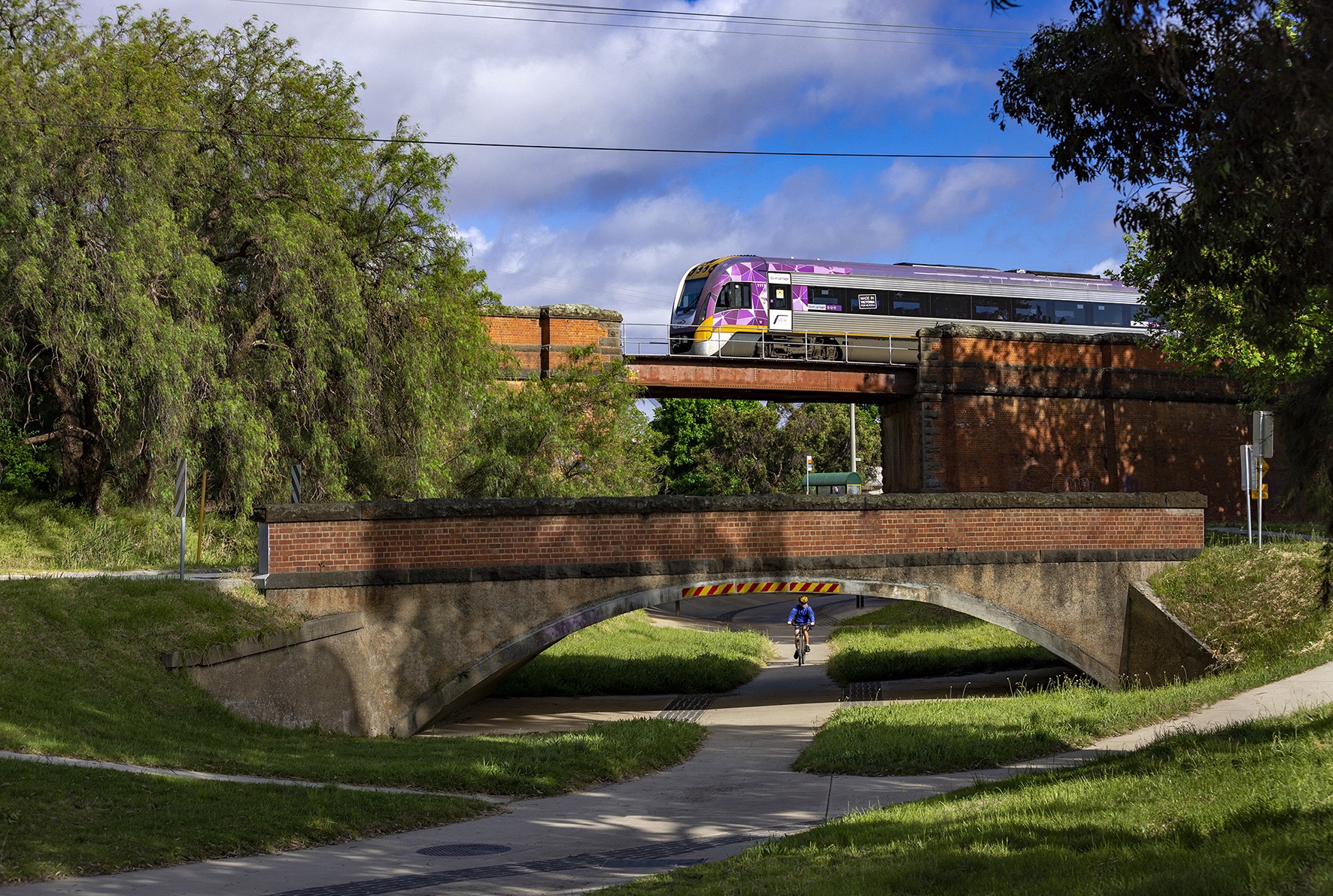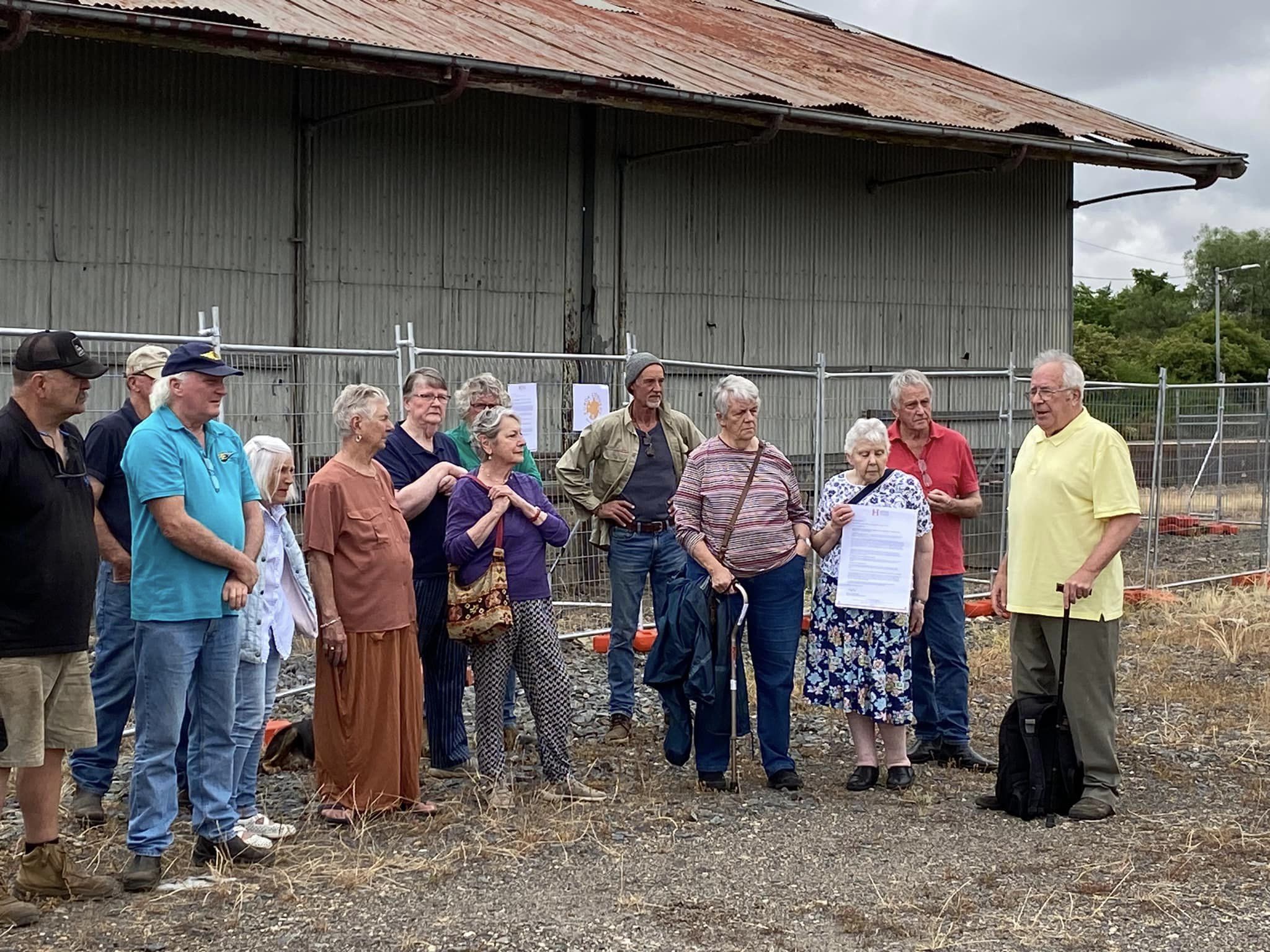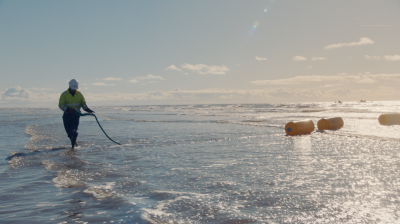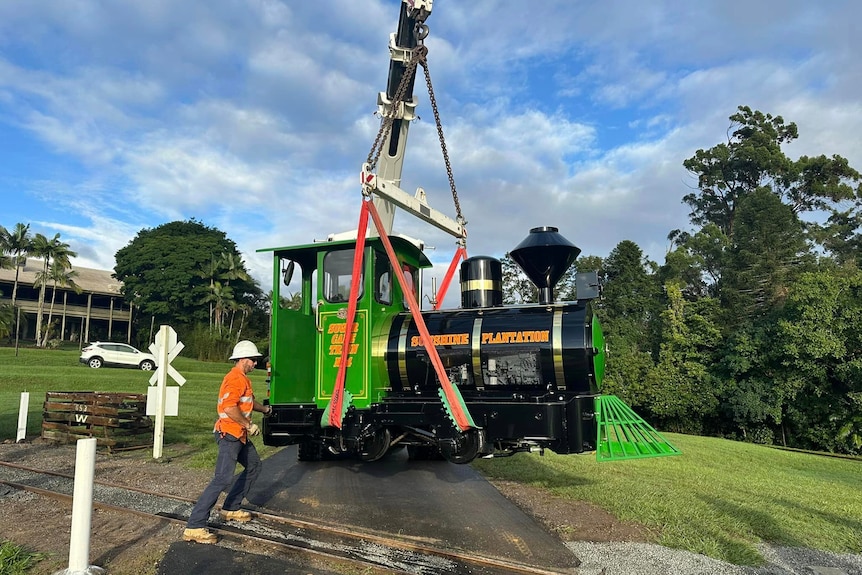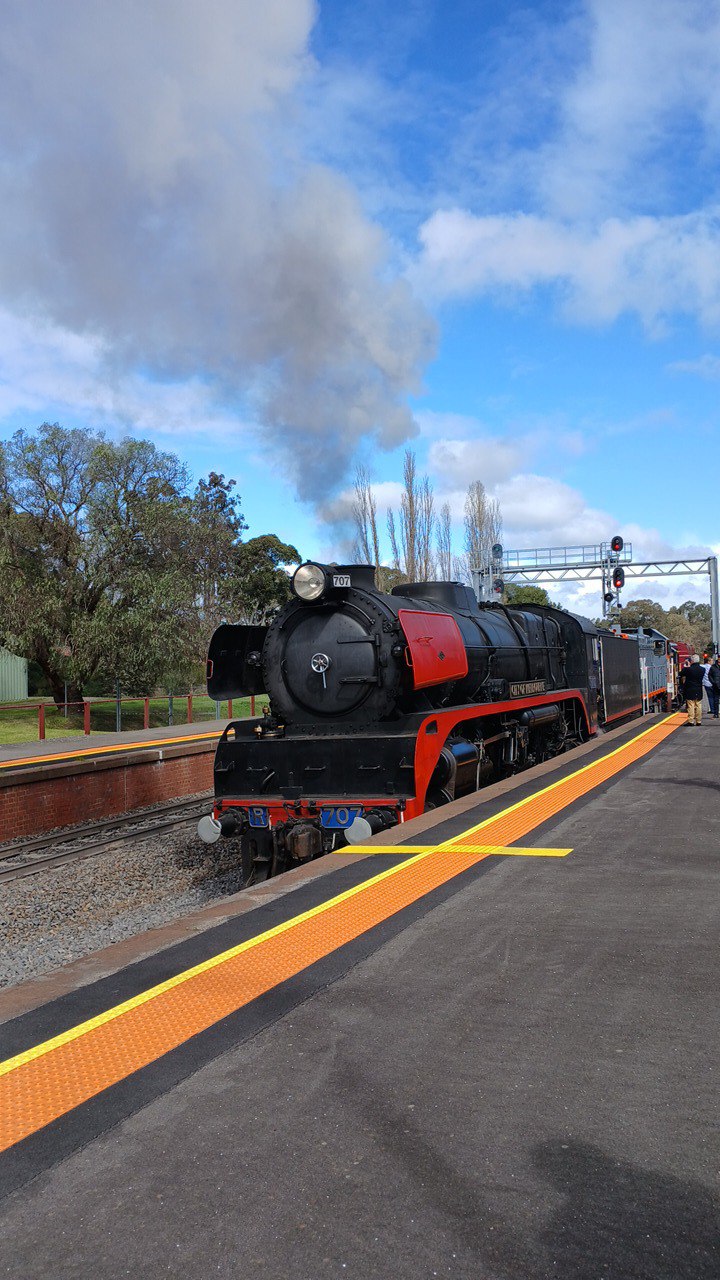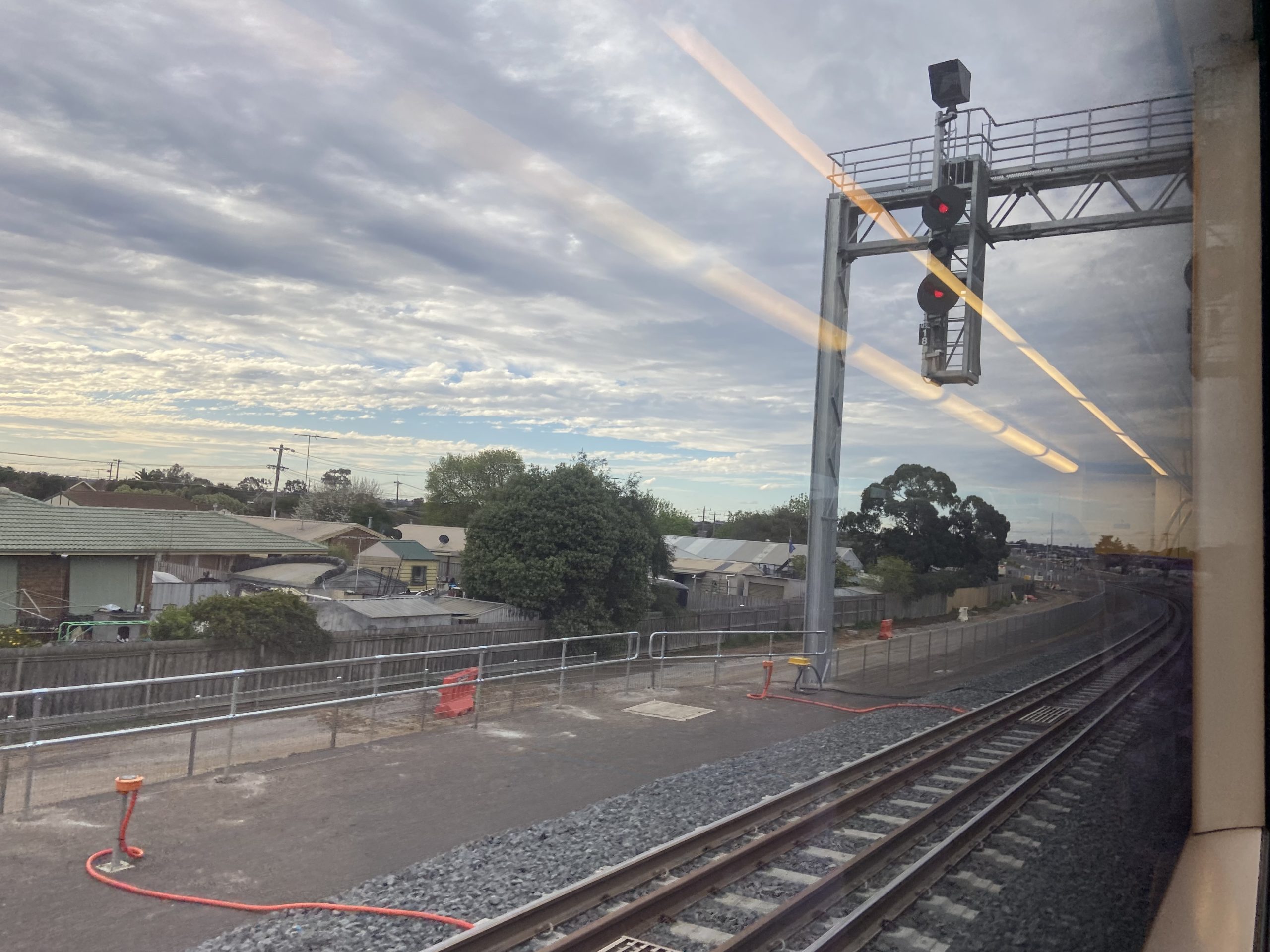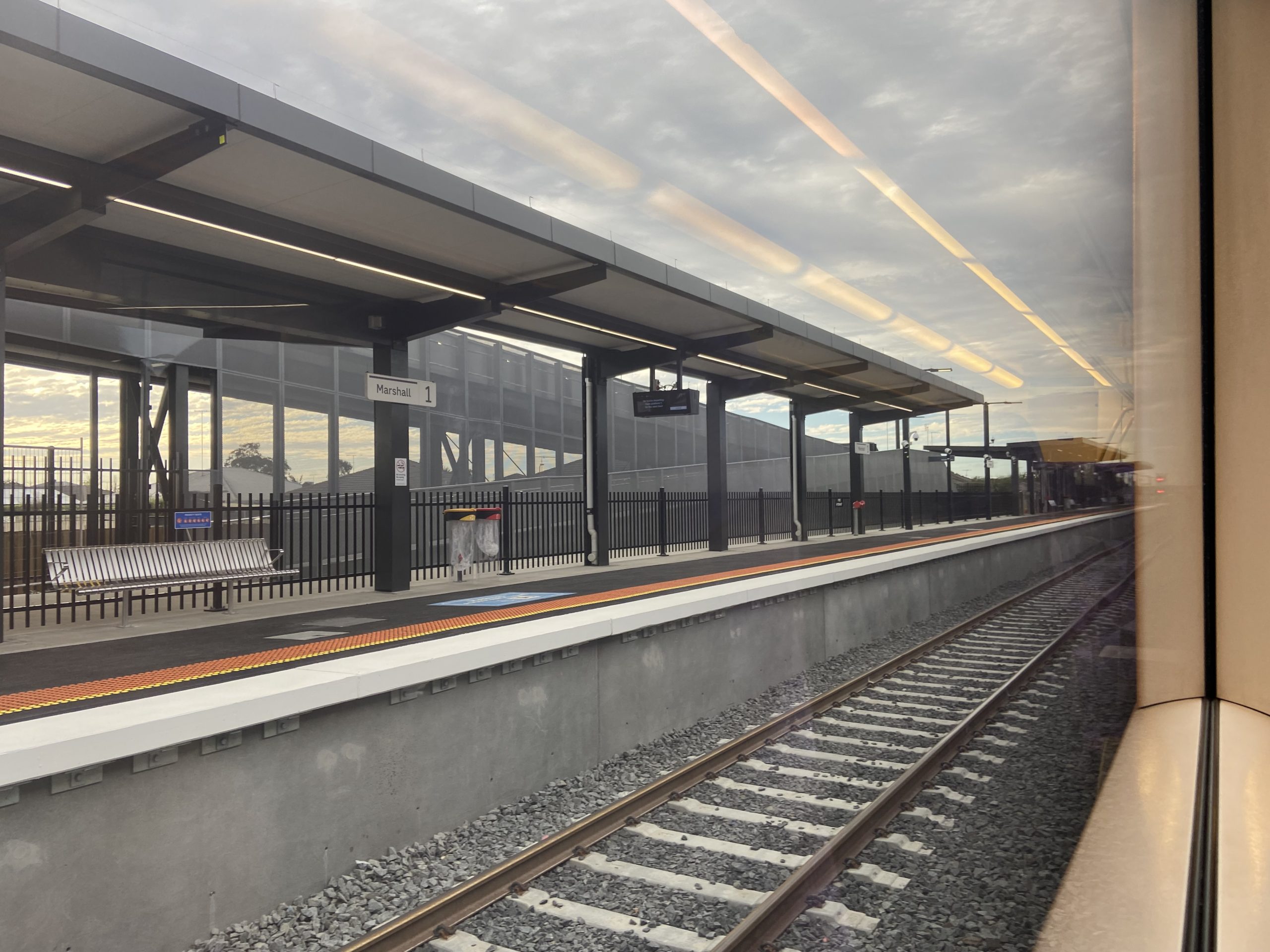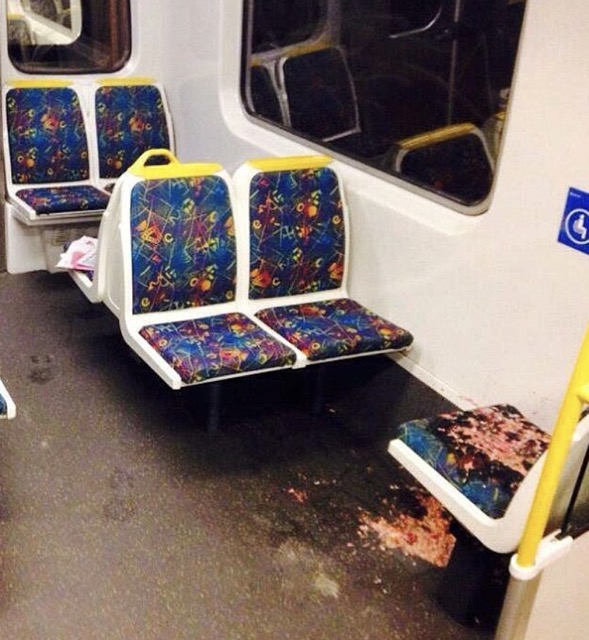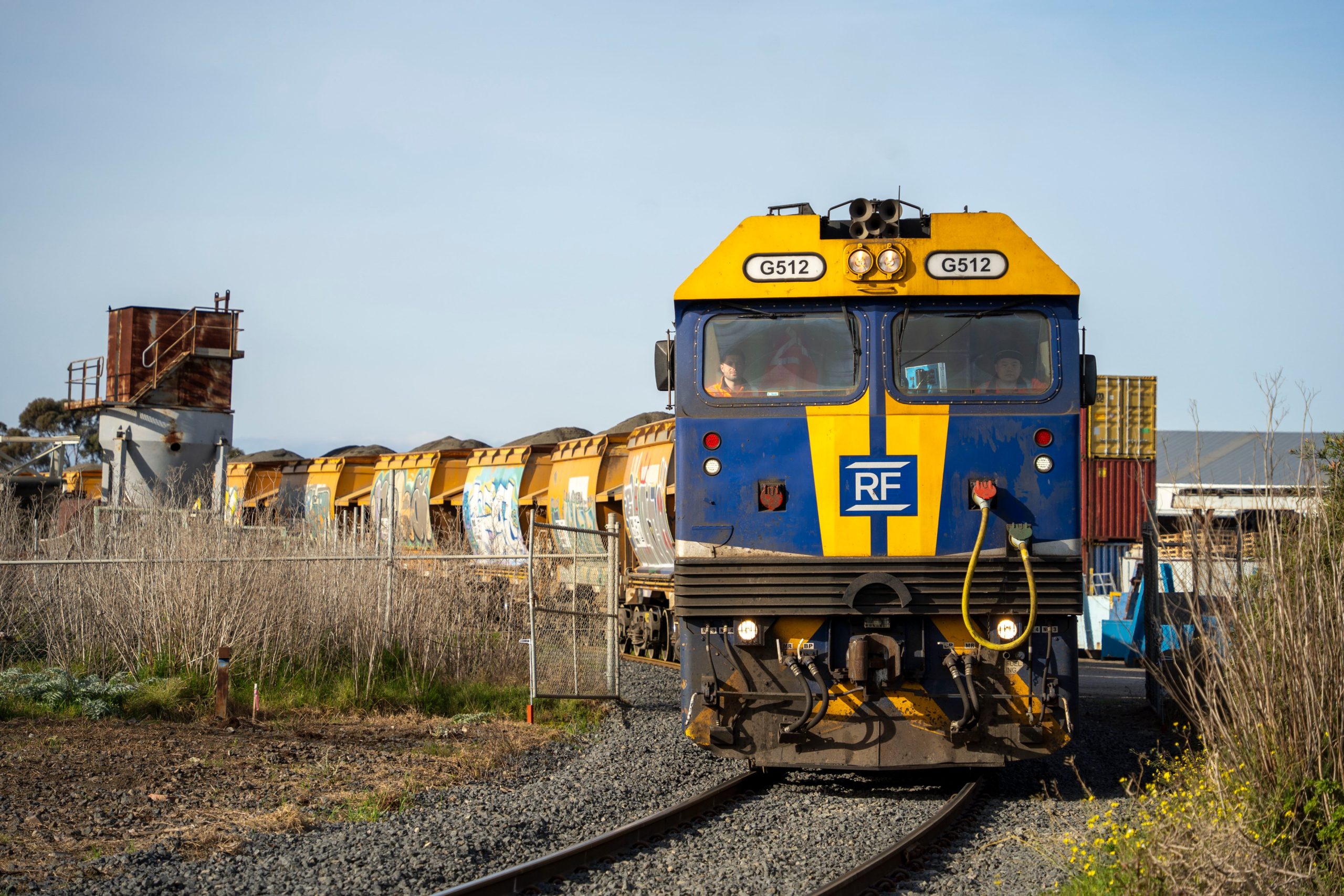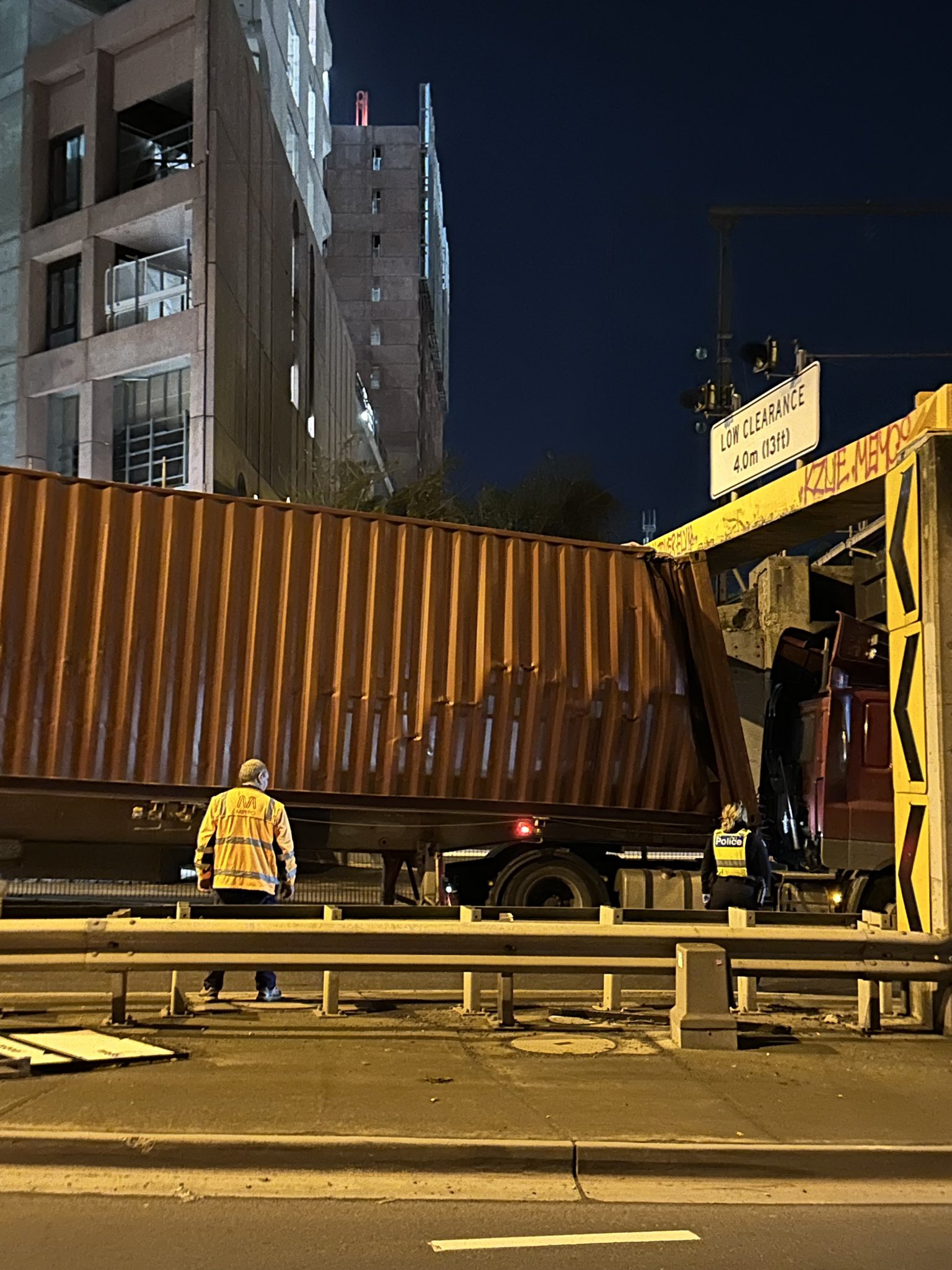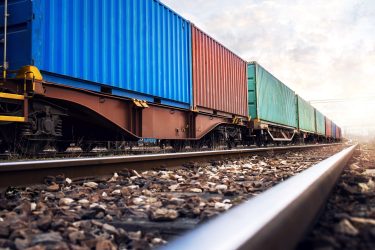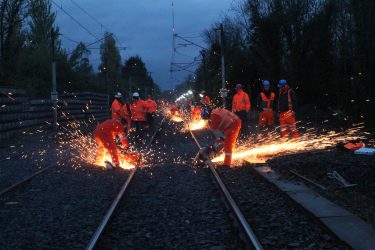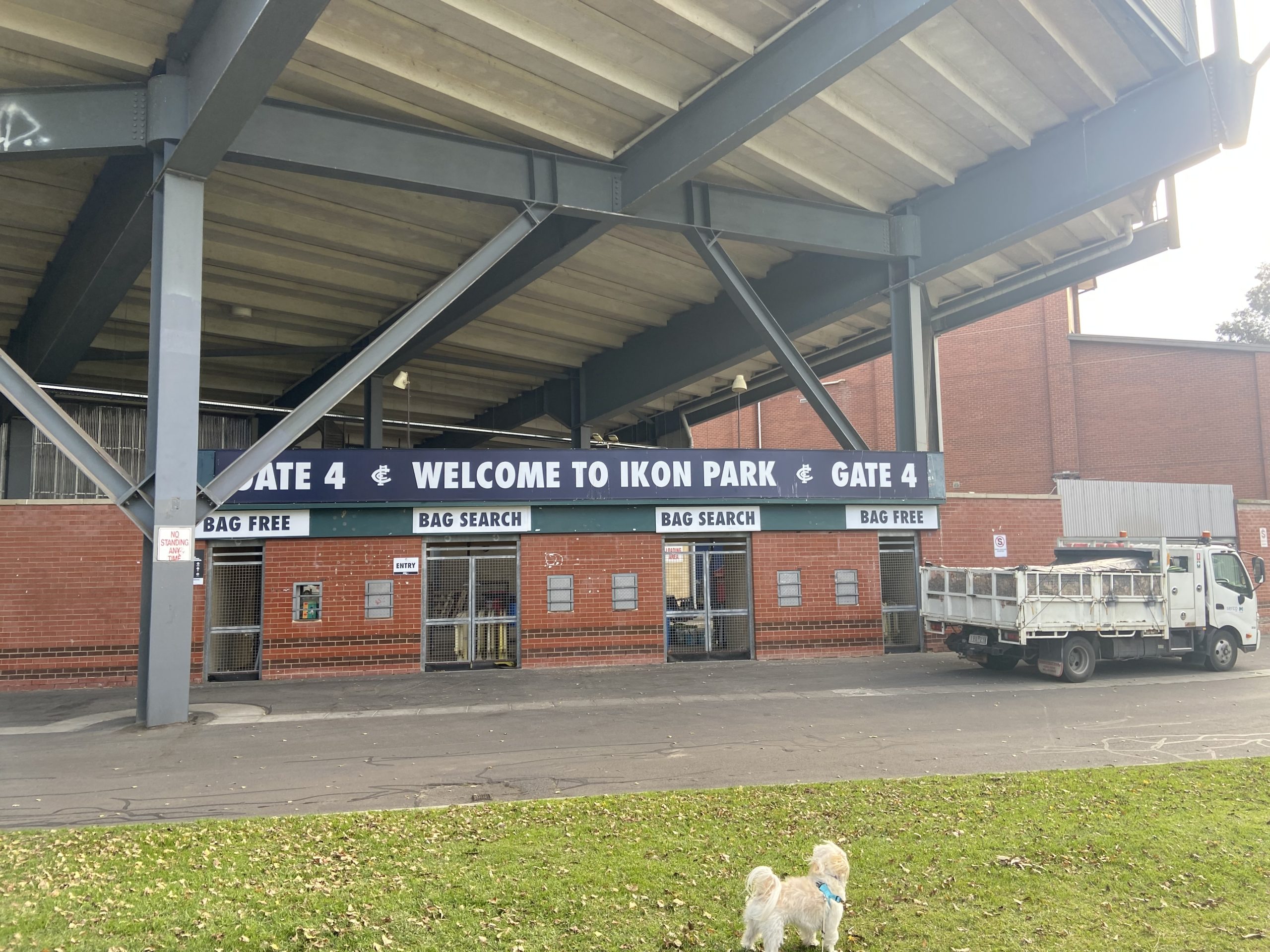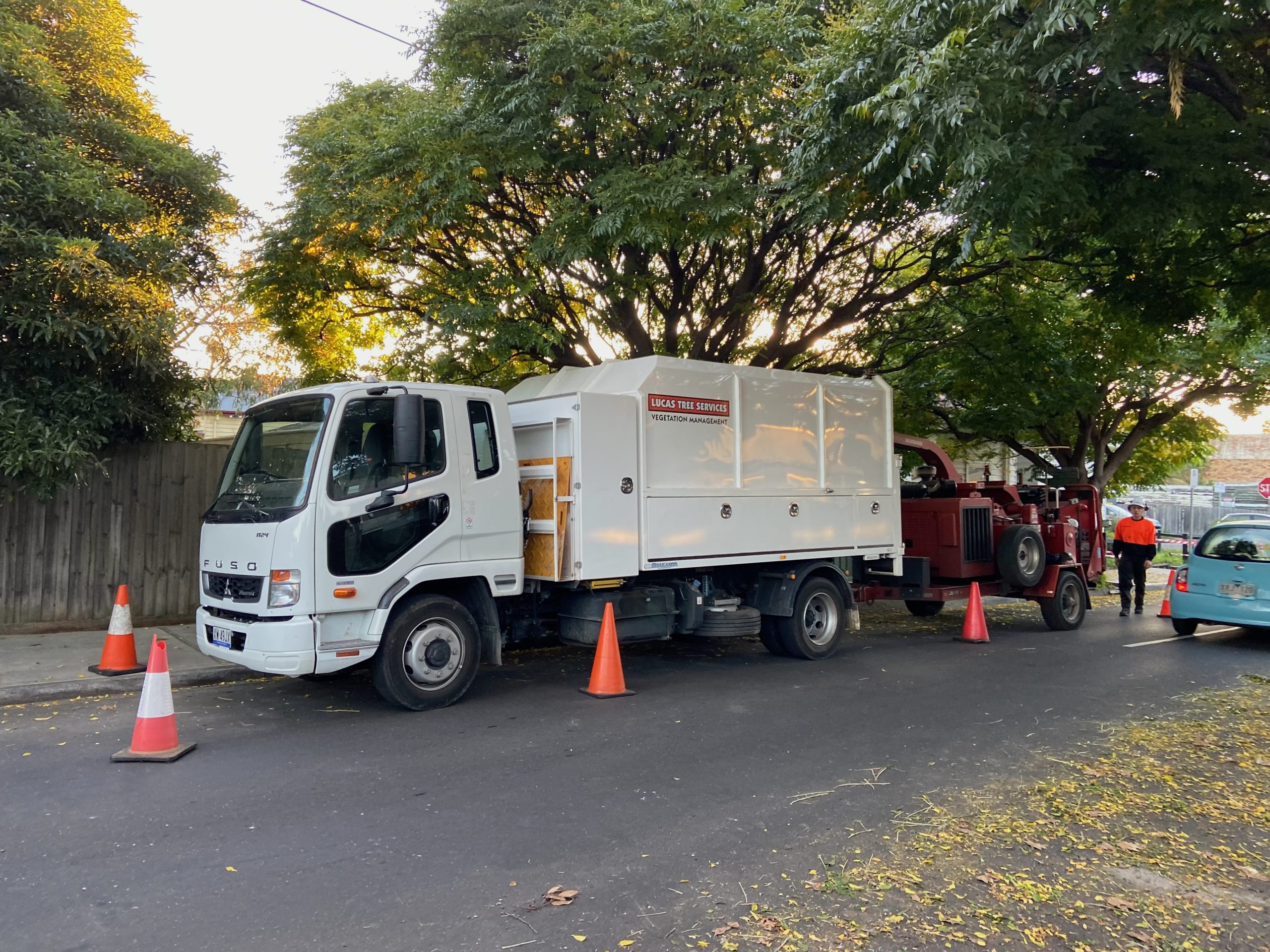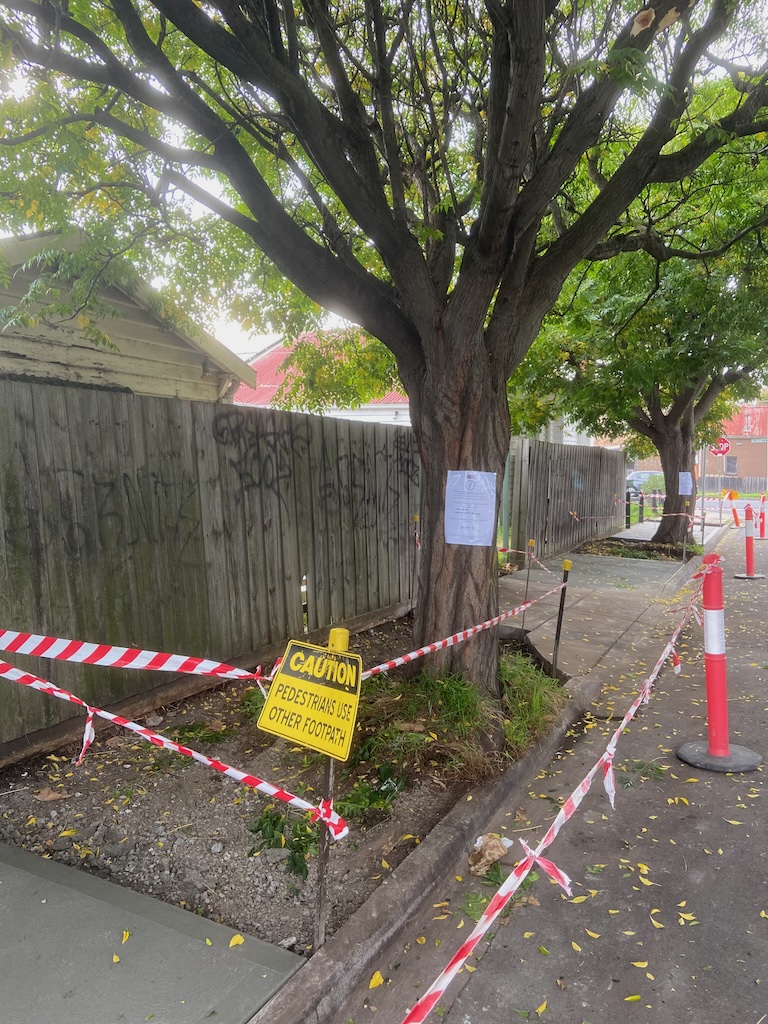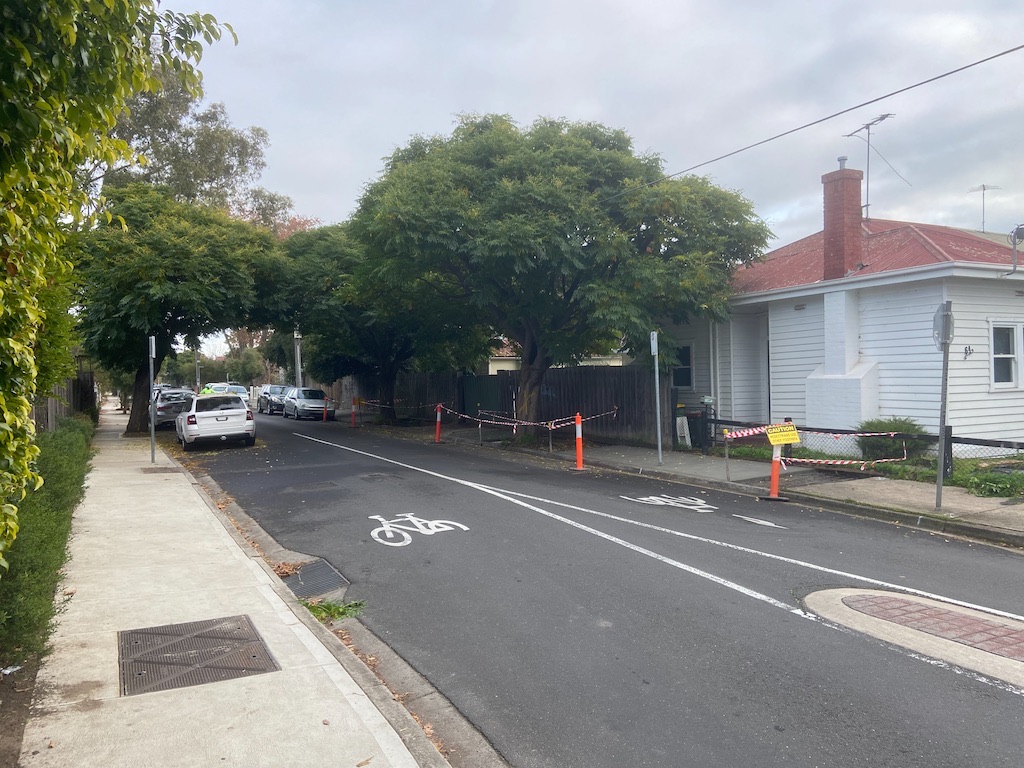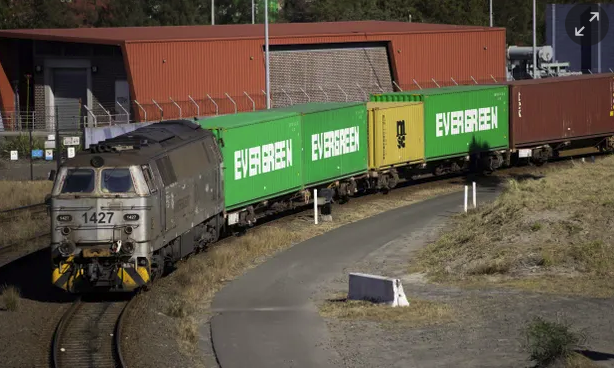Public transport in New Zealand could be passenger focused, well co-ordinated and provide great regional connectivity. \
\
That’s our vision. \
\
Sadly, it is not the case at the moment. Public transport in Aotearoa New Zealand is currently uncoordinated, haphazard, not user friendly and lacks regional connectivity.
Due to the current legal requirements of the Public Transport Operating Model (PTOM), each regional council through their respective Regional Land Transport Plan (RLTP), plan and fund their own ‘cost effective’ public transport services.
Regional councils are required to use competitive tendering, to increase fare revenue and reduce reliance on rate and taxpayer subsidies. The result has been little or no inter-regional cooperation and planning, creating inequalities between regions. To say nothing of the race to the bottom in driver wages and working conditions by the outsourced companies.
Aotearoa New Zealand population is expected to increase to 6 million by 2030, coupled with the government’s commitment to develop a national public transport strategy by 2025 under the Emissions Reduction Plan, raises the question, why can’t Aotearoa New Zealand have a sustainable, environmentally friendly, integrated national public transport network connecting communities across the country from the top of the North Island to the bottom of the South Island?
**Why a National Public Transport Network**
Aotearoa New Zealand has 16 local government administrative regions with varying populations: \
\
More than 1,000,000 – Auckland \
500,000 to 999,999 – Canterbury, Wellington, Waikato \
300,000 to 499.000 – Bay of Plenty \
200,000 to 299,999 – Northland, Horizons, Otago \
100,000 to 199,999 – Hawkes Bay, Taranaki, Southland \
Less than 100,000 – Gisborne,Tasman, Nelson, Marlborough, Westland \
\
More densely populated regions like Auckland, Wellington and lessor extent Canterbury and Waikato regions, have better ‘urban metro’ style public transport services, while the remaining regions having lower populated urban, semi-rural and rural communities, the cost to maintain and operate a regional public transport system is expensive, resulting in little or no public transport services as the case in the Westland region.
In August 2022, the Government announced that the Public Transport Operating Model (PTOM) will be replaced with a [sustainable public transport framework](https://www.transport.govt.nz/area-of-interest/public-transport/public-transport-operating-model/). Key changes include removing the obligation on councils to contract out their public transport and encouraging greater collaboration between regional councils.
In October 2022, the government announced the introduction of a national ‘open’ integrated [‘tap and travel’ payment/ticketing system](https://www.stuff.co.nz/national/politics/130221756/major-change-coming-to-how-kiwis-pay-for-public-transport) from 2024, for use on all subsidised ‘turn and go’ urban metro rail, bus, ferry, on-demand buses and regional passenger rail services across the country’s 16 regions, creating a framework for an integrated national public transport network.
In September 2023, Government passed the [Land Transport Management (Regulation of Public Transport) Amendment Bill](https://www.legislation.govt.nz/bill/government/2023/0237/latest/whole.html), that changes the Land Transport Management Transport Act 2003, allowing regional councils to work together in providing better urban, regional and inter-regional public transport services.
**How would the National Public Transport Network work**
With the passing of the Land Transport Management (Regulation of Public Transport) Amendment Bill, the planned introduction of a nationwide ‘tap and travel’ payment/ticketing system from 2024, coupled with a national information and timetable website and associated smart phone travel app, containing ‘turn up and go’ and ‘book and travel’ bus, passenger rail, ferry services and other public transport modes, allows for the creation of a subsidised, timetable based ‘turn up and go’, integrated urban metro, regional and inter-regional bus, passenger rail and ferry transport system, linking Aotearoa New Zealand’s six main cities with provincial cities, major towns, semi rural towns and rural communities, across the country’s 16 regions, helping to reduce non essential personal vehicle travel and associated fossil fuel induced emissions by 2030.
**Who would operate the National Public Transport Network**
We envisage that the National Public Transport Network would be administered by a dedicated national public transport funding and development authority. This authority would absorb all subsidised public transport planning, development and funding functions, either as a separate entity in Waka Kotahi/New Zealand Transport Agency or as a ‘not for profit’ state entity under Aotearoa New Zealand’s Ministry of Transport.
**The National Public Transport Authority** \
\
The Authority would establish national operating guidelines and procedures, develop, fund and help in the procurement of public transport services using existing or new public transport assets, in partnership with regional councils using their respective Regional Land Transport Plan’s and their own or outsourced transport service providers. \
\
The National Public Transport Authority would encourage its city, district and regional council partners to prioritize good public transport services and passenger infrastructure facilities like bus/train interchanges etc, across the country.
**How will the National Public Transport Authority be funded** \
\
Currently, the government has budgeted for the 2021 to 2024 period, $2.6 Billion ($867 million per year) for subsidised public transport services and $2.3 billion ($767 million per year) for public transport infrastructure. \
\
The current funding model under the Passenger Transport Operating Model (PTOM), after fares have been deducted, the cost is subsidised on average by a 50:50 split between regional councils (ratepayers) Waka Kotahi/New Zealand Transport Agency (taxpayers). \
\
Hence those regions with populations over 500,000 have better public transport services and regions with populations less than 500,000 have moderate to no public transport services.
With the passing of the Land Transport Management (Regulation of Public Transport) Amendment Bill, the National Public Transport Authority would receive funding from the National Land Transport Fund and fares from the national ‘tap and travel’ payment/ticketing system, to tailor funding solutions based on what a regional council public transport plans will be, the region’s population density and rate payer public transport subsidies. \
\
Where a region has low population density and rate payer base, funding could be up to 95% of a region’s public transport services, like the Westland region. \
\
**What is the difference between ‘subsidised’ and ‘non subsidised’ public transport services** \
\
- *’subsidised*’ public transport are service/s are funded by Waka Kotahi/New Zealand Transport Agency and the respective regional council rate payers. They operate as non bookable, frequent ‘turn up and go’ timetabled services.
These services are usually urban. metro and/or regional passenger transport services operating within a regional council boundary. \
\
- *’non subsidised*’ public transport is were service/s receive no funding from Waka Kotahi/New Zealand Transport Agency and the respective regional council rate payers, operating as scheduled ‘book and travel’ services. \
\
These services are usually inter-regional and long distance passenger transport services, as they cross regional council boundaries. \
\
**How will this affect the traveler** \
\
The traveler will see more frequent, better co-ordinated services – eg trains that meet busses and in particular more services crossing regional boundaries. \
\
By traveling on a National Public Transport Authority funded bus, light rail ‘tram’, passenger train and/or ferry service/s, a traveler will be able to ‘tap’ and travel from Kaitaia in the North Island to Oban in Stewart Island and most communities in-between.
**What about regional and inter-regional passenger train services** \
\
Existing regional and inter-regional passenger trains as well any new ones will form the backbone of the national public transport system even though they are likely to be responsible for only 40% of the travel. \
\
Examples of inter-regional trains are – the Capital Connection train between Wellington and Palmerston North, the Wairarapa Connection train between Wellington and Masterton and the Te Huia train between Hamilton and Auckland. \
\
Those regions who currently have connection to the national rail network, their regional councils will include urban metro, regional and inter-regional passenger rail services into their respective Regional Land Transport Plans, as subsidised ‘turn up and go’ schedule public transport services.
Regional and inter-regional passenger trains would be modem, quiet, fast, using clean renewable energy environmentally friendly powered train sets with on board toilet and disable facilities, power points at seat, wifi and some cases an on board Cafe facility. \
\
For further information concerning [inter-city regional and inter-regional passenger trains](https://www.publictransportforum.nz/articles/article/new-zealands-regional-passenger-rail-network-20-08-2022/). \
\
**What about the electric trains in Wellington and Auckland** \
\
The current electrified metro rail networks in Wellington and Auckland, will be funded by the National Public Transport Authority in association with the respective regional councils. \
\
**What about travel on long distance buses and passenger trains** \
\
These services will not be funded by the National Public Transport Authority, as they are non subsidised, commercial ‘book and travel’ services, where a passenger will have to make reservation/s and pay directly with the bus and/or train operator they are planning to travel on. \
\
If any ‘book and travel’ bus and/or train service operating any route/s, that is providing essential rural community connections, like between Fox Glacier to Wanaka, it would receive funding from the National Public Transport Authority, as these services would be deemed to be essential service/s. \
\
Aotearoa New Zealand National Public Transport Network consists of the following components:
* [National Regional Passenger Rail Network](https://www.publictransportforum.nz/articles/article/new-zealands-regional-passenger-rail-network-20-08-2022/)
* [Light Rail for Branch Lines](https://www.publictransportforum.nz/articles/article/light-rail-for-branch-lines-15-01-2022/)
* [Motu Move – New public transport payment system](https://www.publictransportforum.nz/articles/article/new-national-public-transport-payment-system-12-06-2024)
For further reading concerning issues surrounding public transport in Aotearoa New Zealand: \
\
- [Rise and Decline of Public Transport in New Zealand](https://australasiantransportresearchforum.org.au/wp-content/uploads/2022/03/2006_Dravitzki_Lester.pdf)
\- [Public Transport 2045](https://www.transport.govt.nz/assets/Uploads/Paper/Public-Transport-2045.pdf) \
\
Aotearoa New Zealand National Public Transport Network is one of the components of [Lets Connect Communities](https://www.publictransportforum.nz/articles/article/connecting-communities-2030-01-02-2022/) \
\
For further information concerning the points raised in this discussion concept plan:
* [*CityConnect* – the national public transport network](https://www.publictransportforum.nz/articles/article/cityconnect-national-public-transport-network-02-04-2024)
* [New Zealand unified passenger transport initiative](https://www.publictransportforum.nz/articles/article/new-zealand-unified-public-transport-strategy-05-01-2024)
* [Long distance passenger rail services in New Zealand](https://www.publictransportforum.nz/articles/article/future-of-passenger-rail-services-in-new-zealand-05-01-2023/)
* [](https://publictransportforum.nz/articles/article/national-public-transport-network-07-06-2022)[New Zealand’s shrinking passenger railway network](https://www.publictransportforum.nz/articles/article/new-zealands-shrinking-passenger-railway-network-22-07-2022/)
* [Can semi rural towns and small rural communities have public transport?](https://www.publictransportforum.nz/articles/article/can-small-semi-rural-towns-and-rural-communities-has-public-transport-10-08-2022/)
* [It is time to reform rail in Aotearoa New Zealand](https://www.publictransportforum.nz/articles/article/it-is-time-to-reform-rail-in-new-zealand-08-01-2023/)[](https://publictransportforum.nz/articles/article/future-of-passenger-rail-services-in-new-zealand-05-01-2023)
* [Future of New Zealand’s land transport and communities](https://www.publictransportforum.nz/articles/article/the-future-of-new-zealand-land-transport-08-03-2024)
If you support a national public transport network concept, [have your say](https://www.publictransportforum.nz/get-involved/) or become proactive by getting involved in local better [public transport campaign groups](https://www.publictransportforum.nz/about/). \
\
*The creation of a National Public Transport Network is one of the [initiatives of the Public Transport Forum New Zealand](https://www.publictransportforum.nz/initiatives/#national-public-transport-agency).*
